Creating a photo that looks like a still frame from a movie is a great way of telling a powerful story through your iPhone photography. A movie can sweep you into another place and time, evoking strong emotions that connect you with the characters. And with a bit of vision you can create a single photo that does the very same thing. In this tutorial you’ll discover how to take beautiful cinematic-style iPhone photos that tell dramatic and powerful stories.
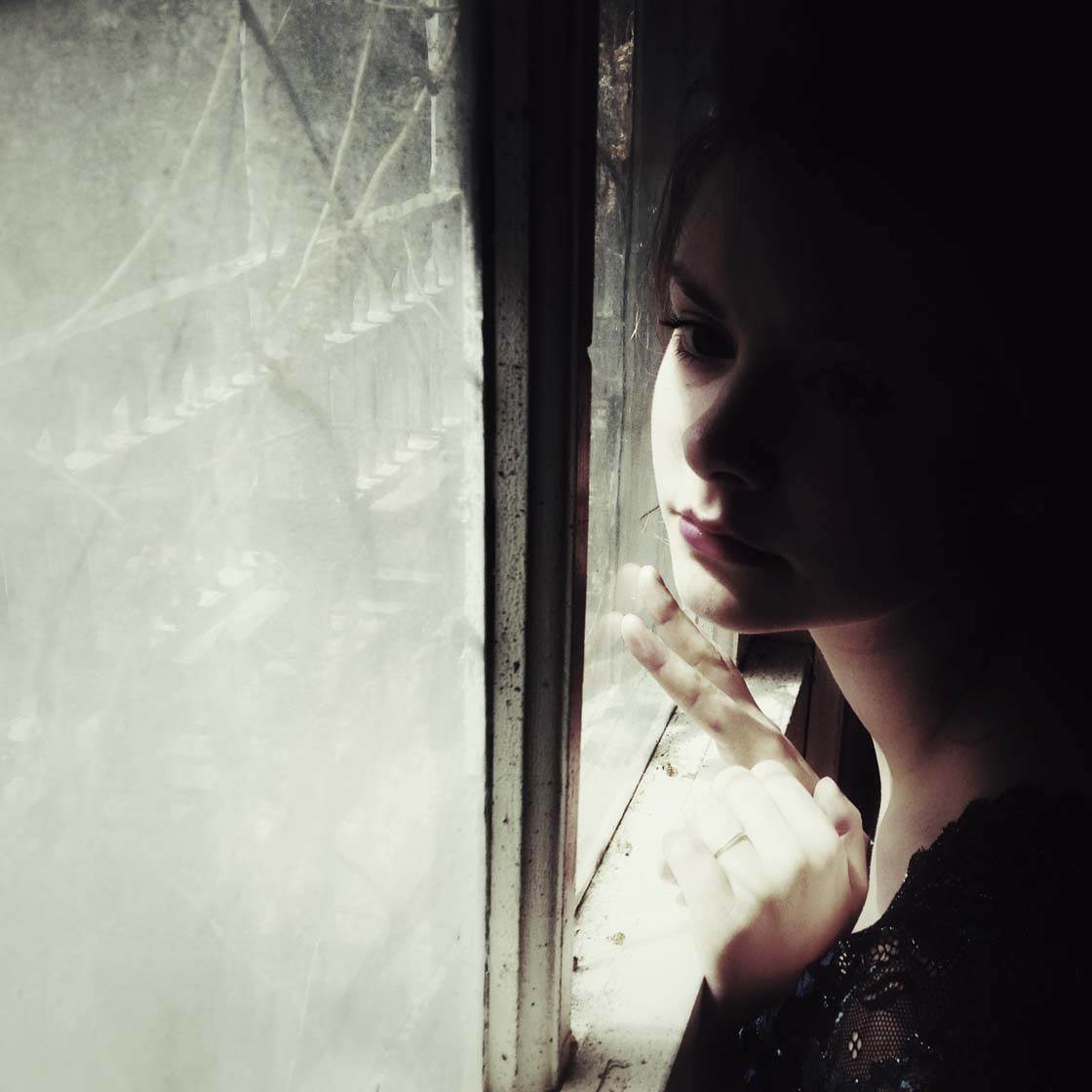
1. Envision Your Story
Before you begin your photography session, try to envision a story in your mind so that you know what the outcome of your photo will be.
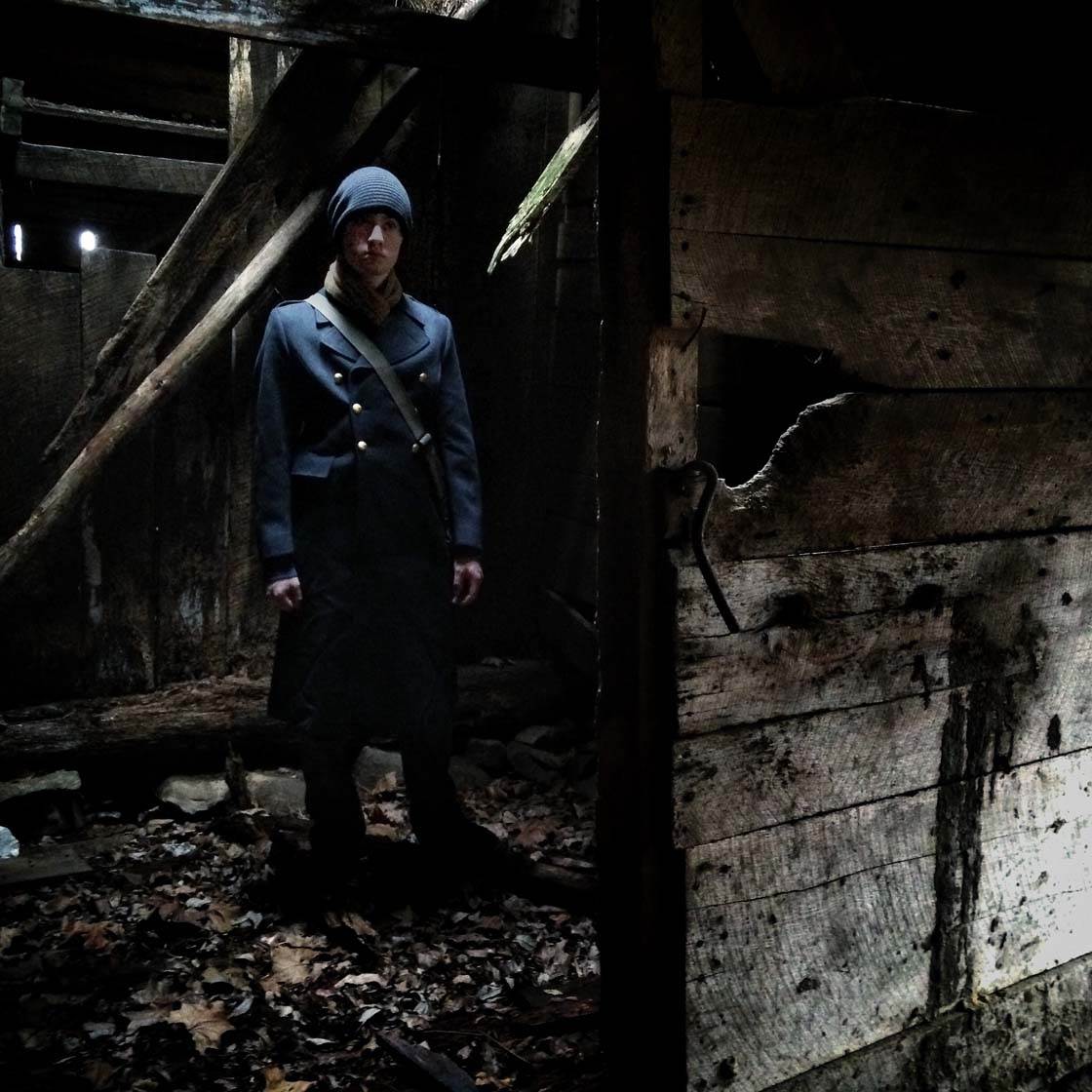
Think about what really excites you and what you’re passionate about. You need to have some kind of emotional connection with your story for it to ring true to the viewer.
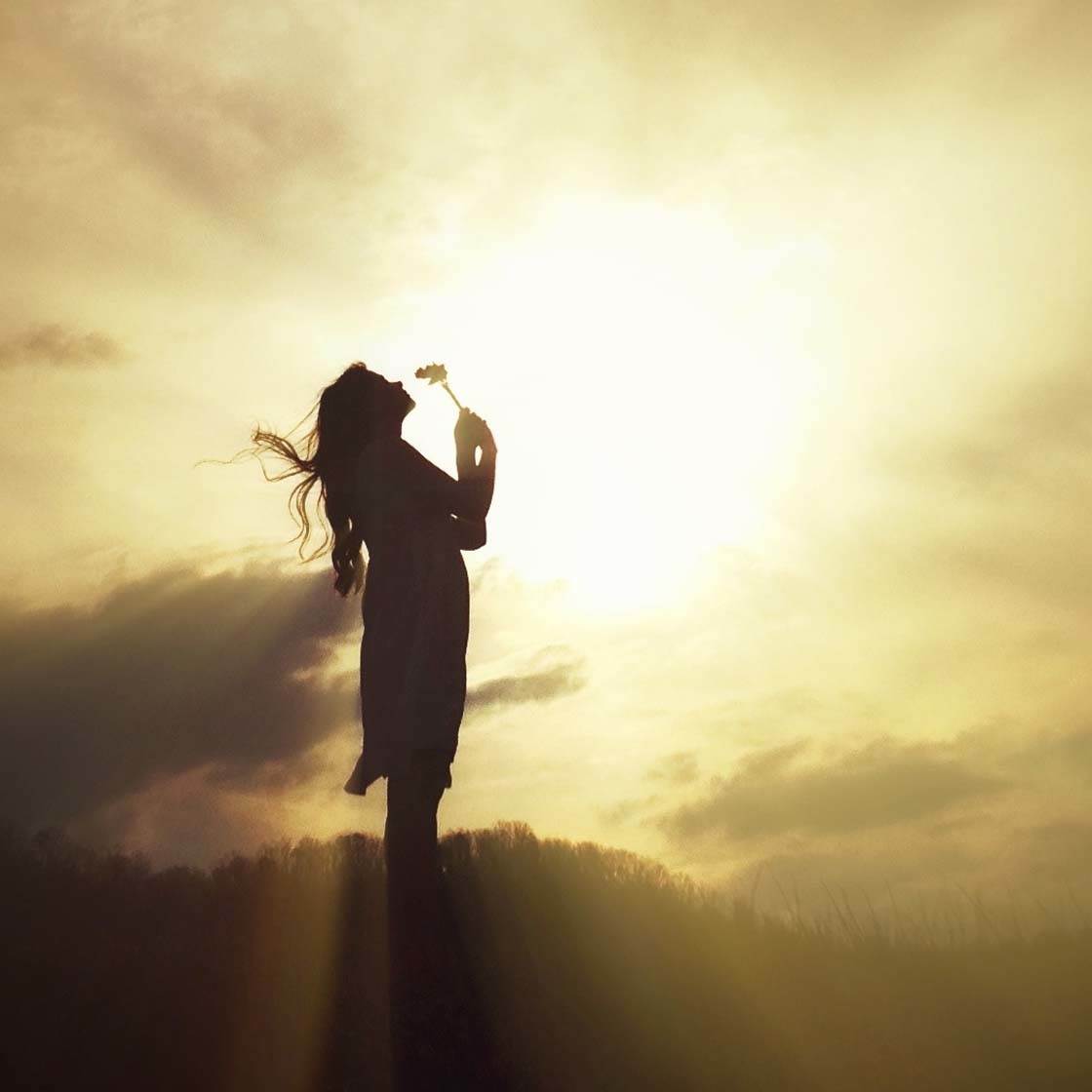
The story could be about anything – members of your family, your pets, wildlife, a favorite fairy tale, a song, a point in history, etc. Street photography storytelling is an amazing way to tell stories about the lives of strangers in your city.
Start thinking about what kind of subjects, locations and lighting would suit the story you want to tell.
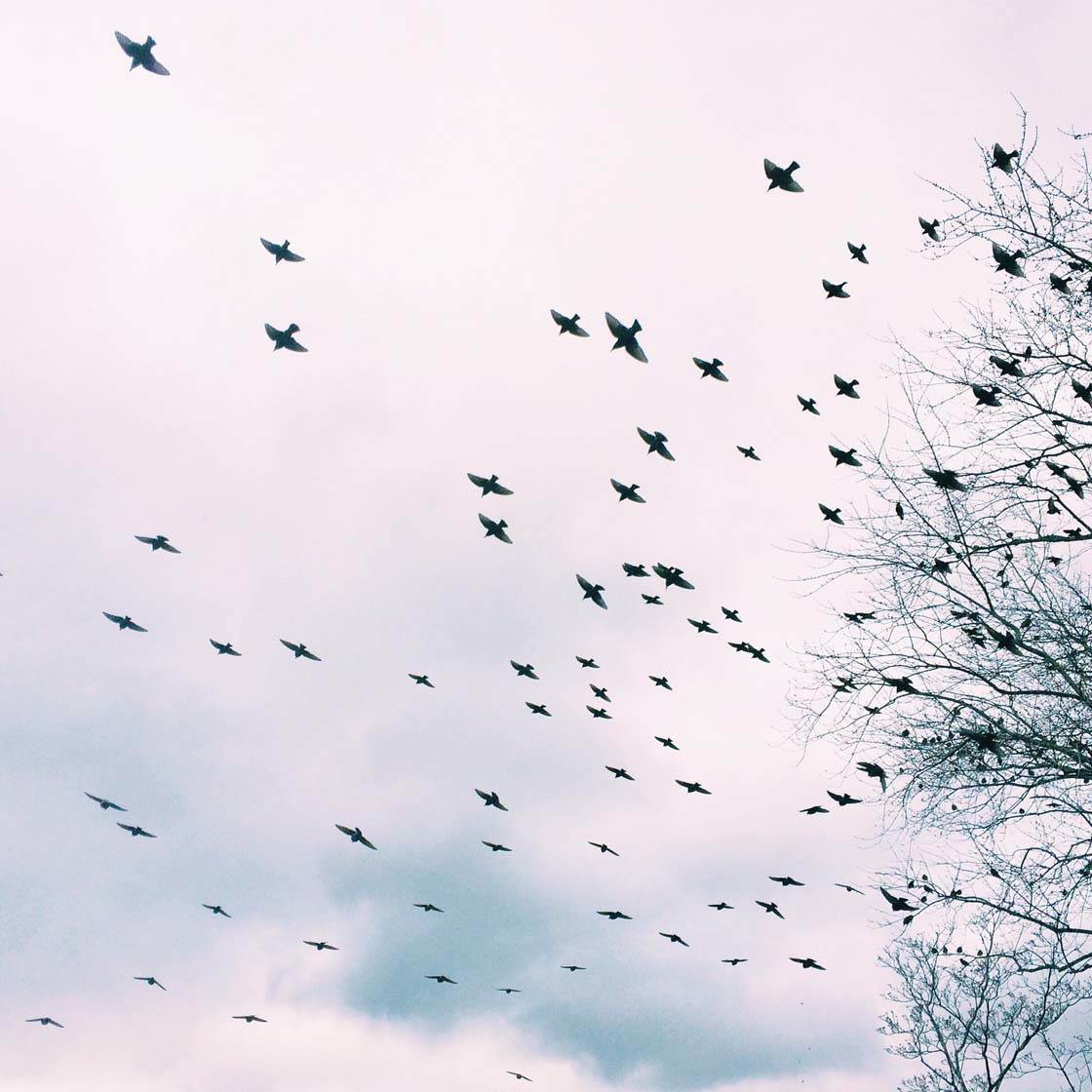
The end result should be a photo that leaves the viewer feeling some kind of emotional sentiment. Your aim is to encourage the viewer to ask questions, just as they would when watching a movie…
Where is this place? Why are they there? Where are they going? What will happen next? What’s hiding in the shadows? And so on.
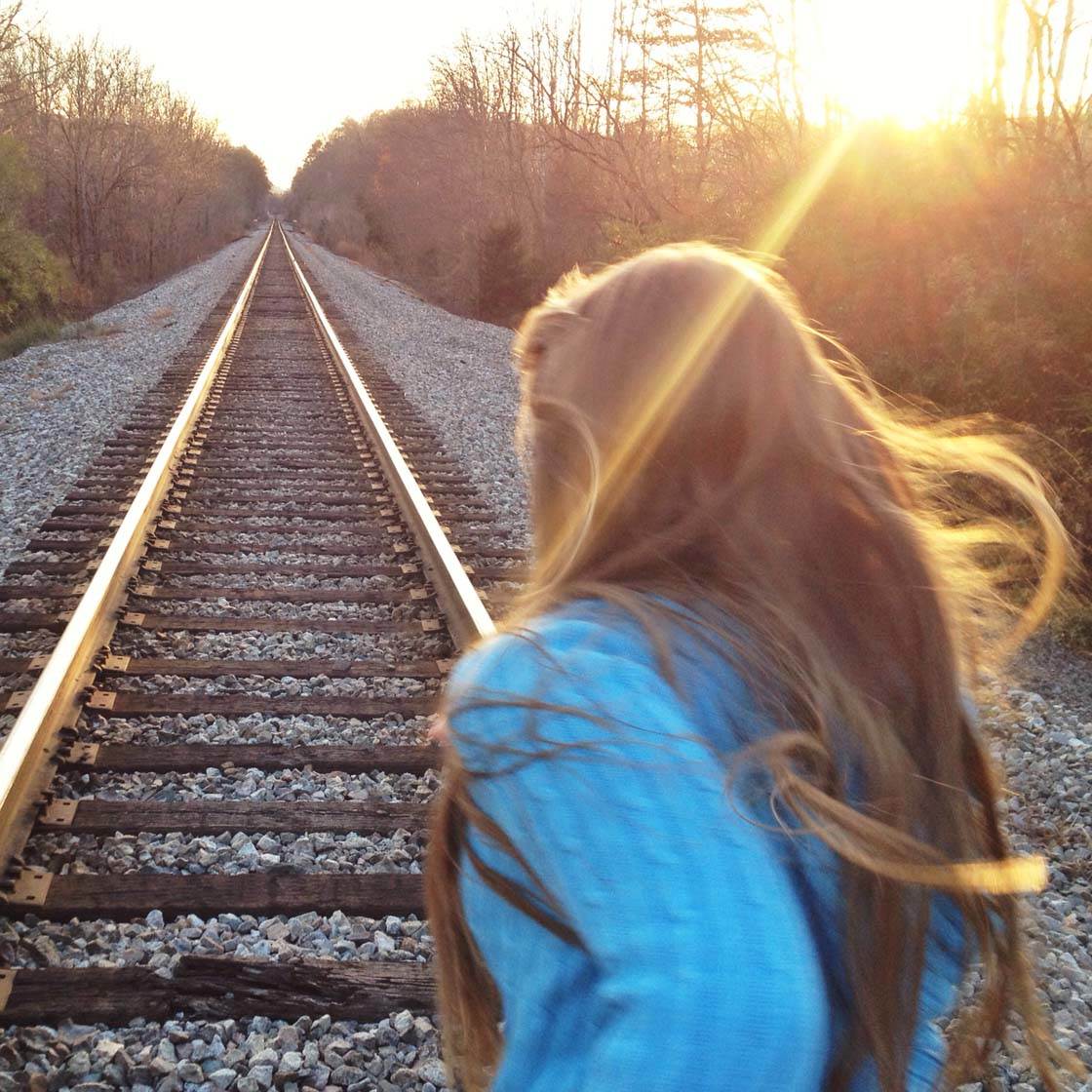
The following tips will help you create the amazing cinematic photos you envisioned. A combination of strong subject matter, a good location, dramatic light, excellent composition, and photo editing is all you need to create incredible mood and atmosphere in your images.
These are the things that will help you tell powerful and dramatic stories through your iPhone photography!
2. Use A Strong Subject
The first thing you need to start creating your visual story is a strong subject. Your subject is what the entire story is going to be based around, so it must have meaning and evoke some kind of emotion or reaction in the viewer.
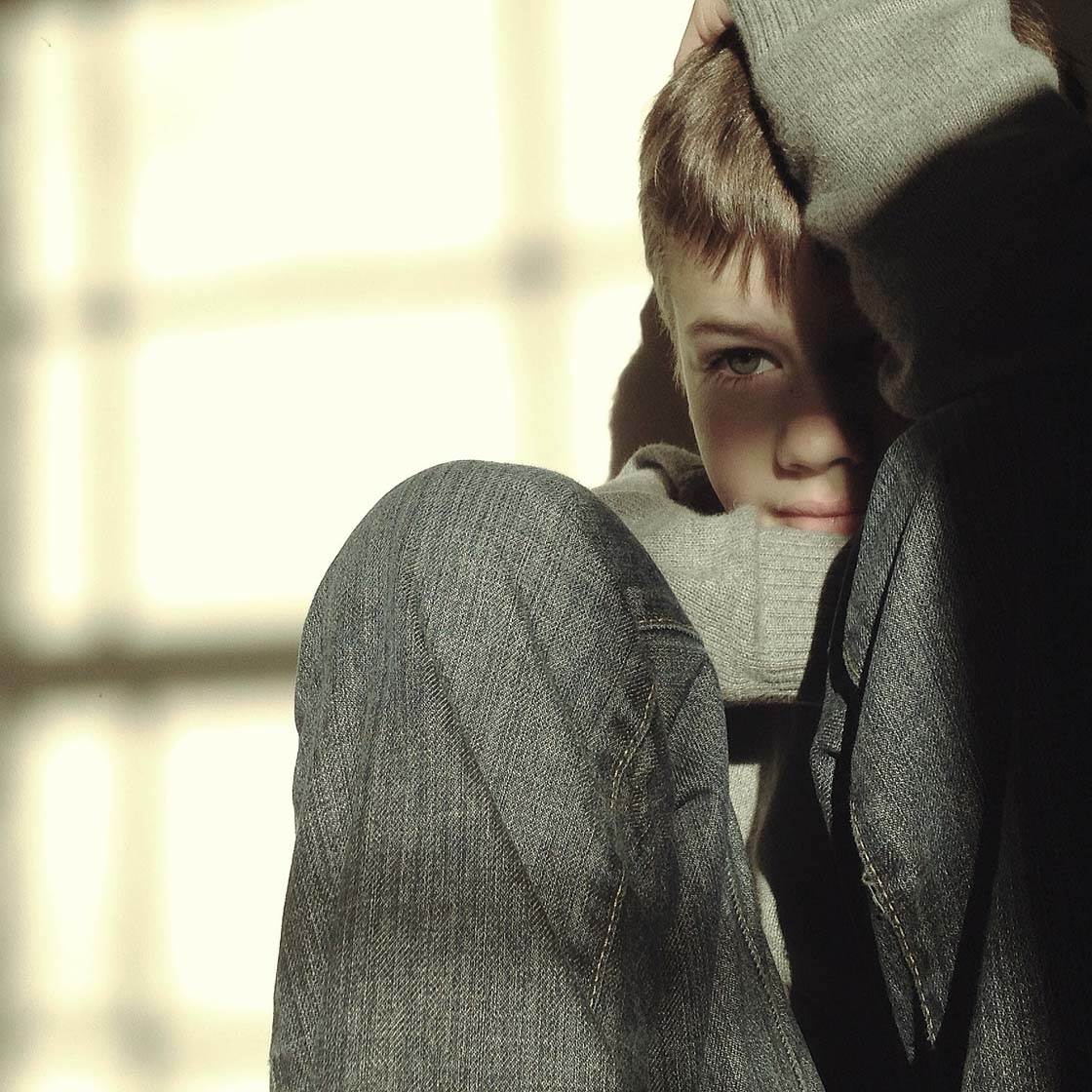
People make great characters for cinematic photos because the viewer can easily create an emotional connection with the person.
But you could also use other kinds of subject, such as an old abandoned house, a cabin in the woods, a lone tree, a bridge over a misty river, etc. Anything that makes the viewer react, feel some kind of emotion, or ask a question, will make a good subject.
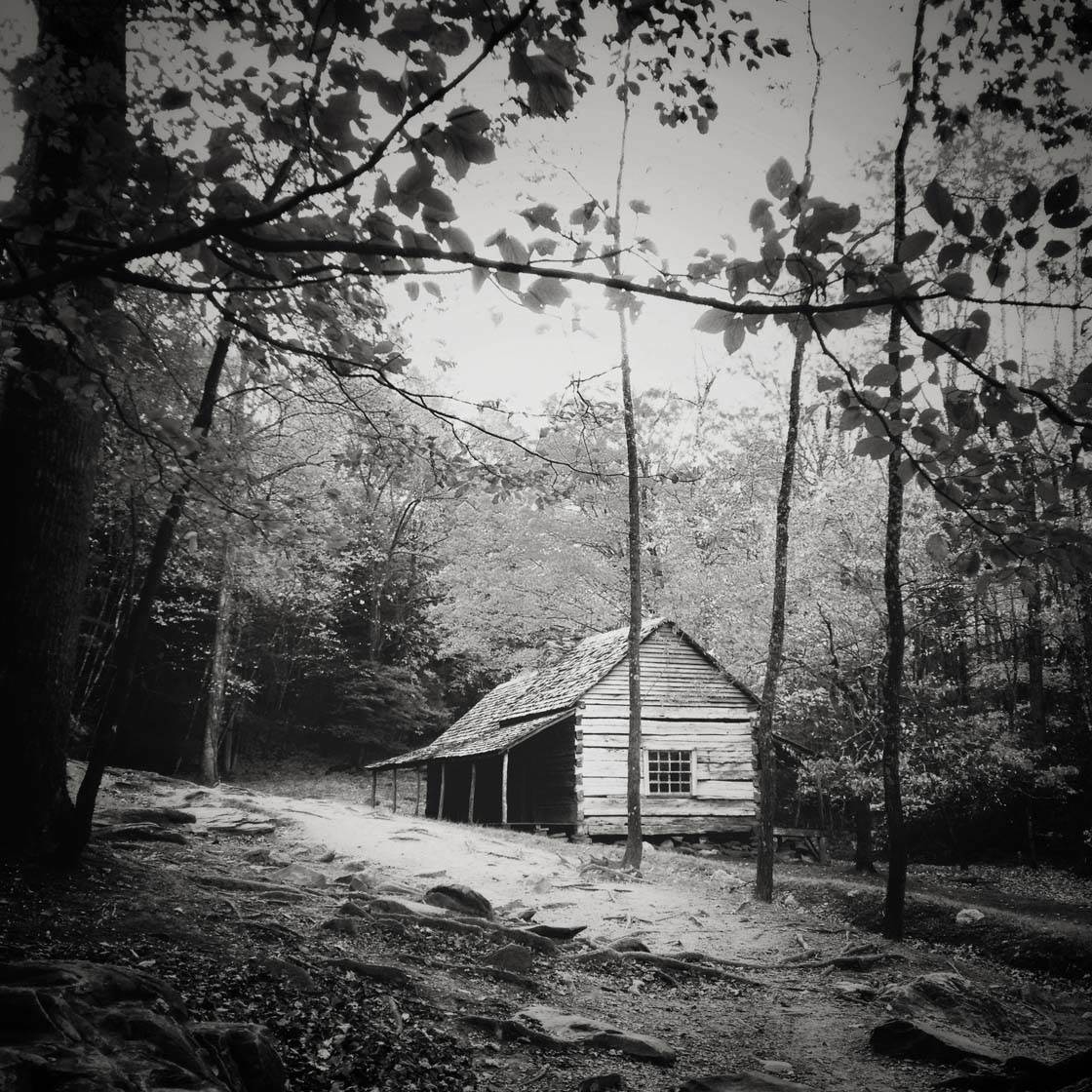
If you’re using people as your subject, make sure they know what you’re trying to convey in your photo. This will help them to pose in an appropriate way that suits the mood of your story.
Choose suitable clothing or props for your subject. This will create a stronger and more authentic subject, allowing you to tell a more powerful story.
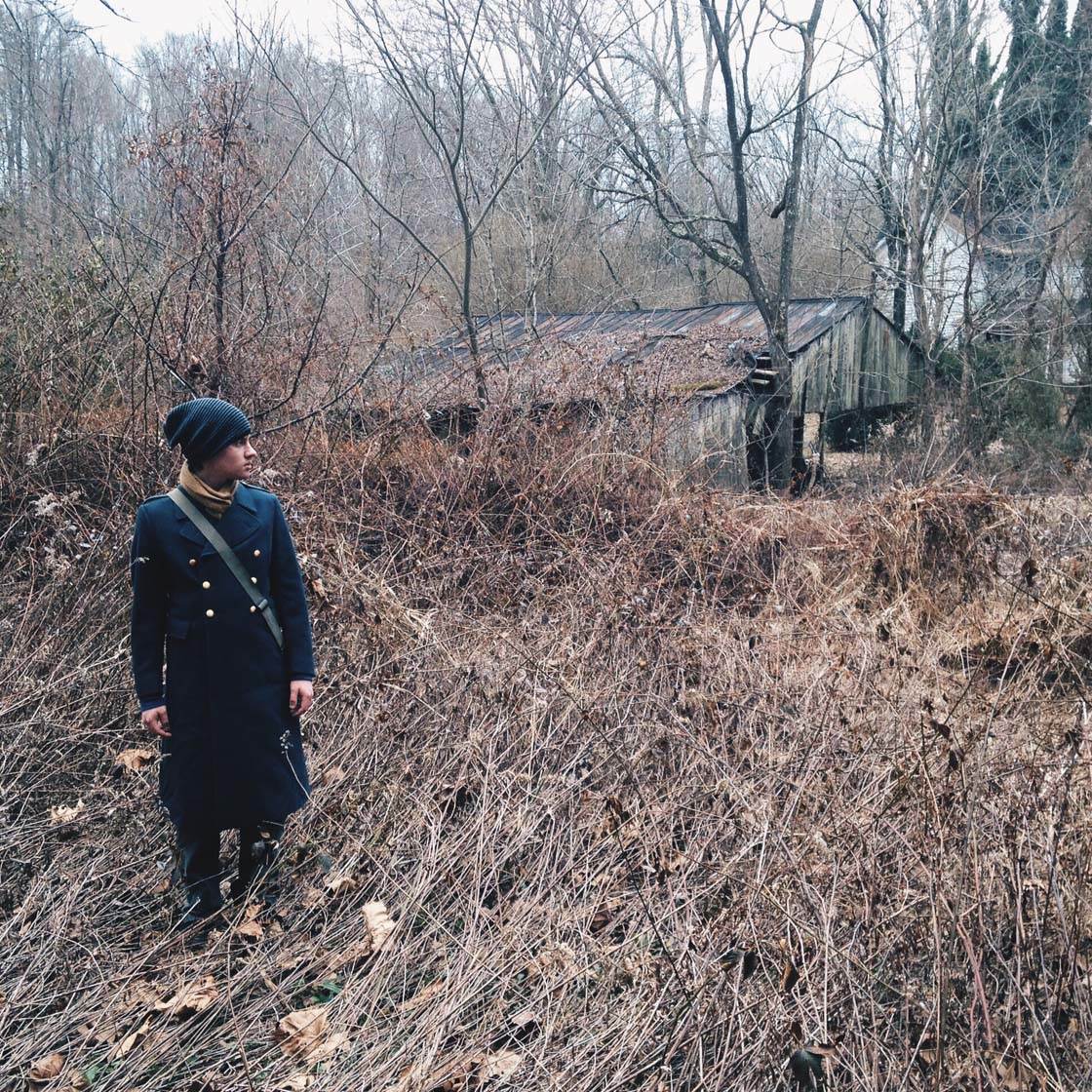
If you’re shooting a street scene, of course the people aren’t going to know your story. But you can watch and be ready for just the right moment for a great photo.
If you’re using your family or friends as your subject, you could also shoot them candidly so that their emotions are more genuine. This allows you to capture a more natural photo that doesn’t seem so posed.
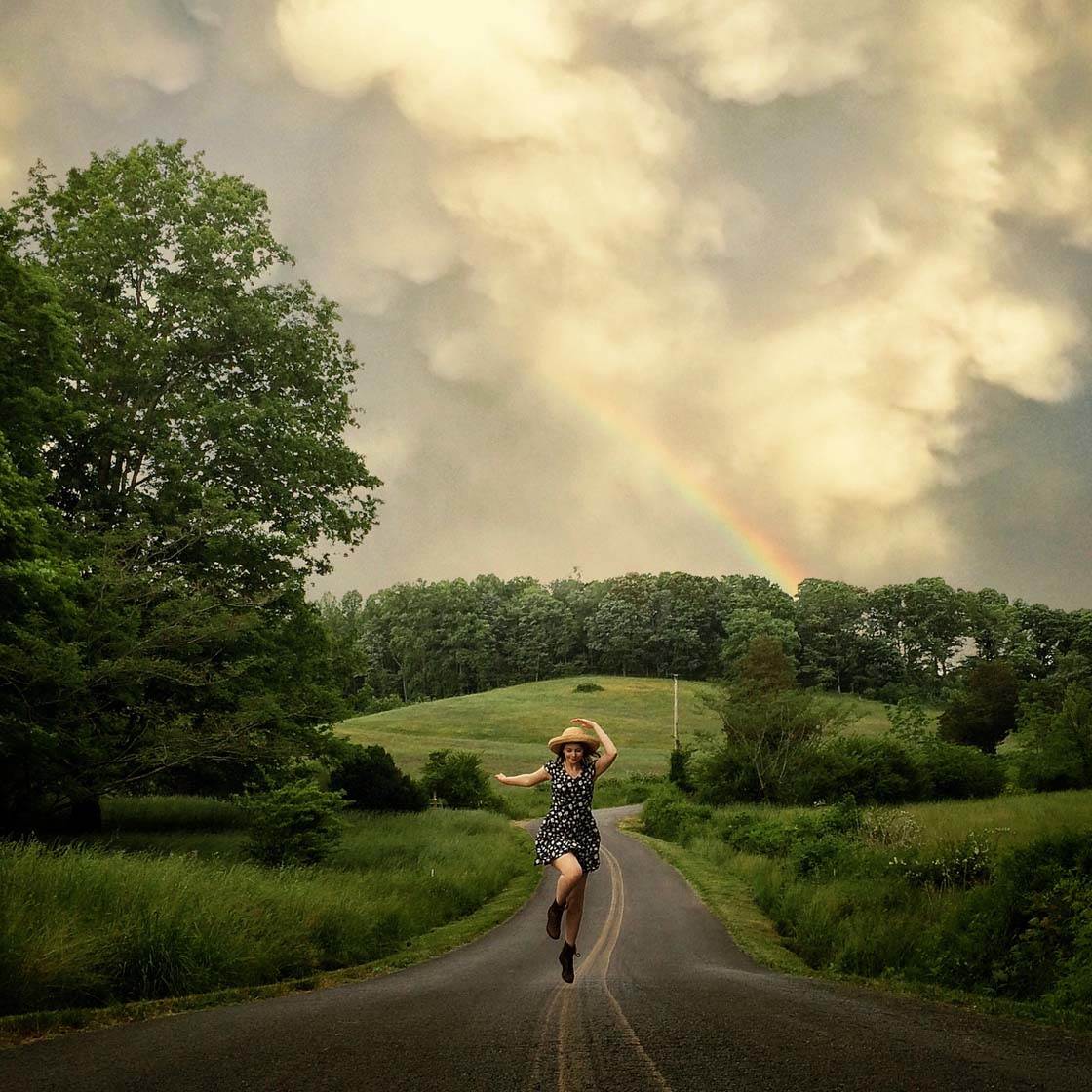
3. Find An Interesting Setting
An essential part of cinematic photography is the setting in which your subject will be placed. The location should add another compelling element to your photo, making the image more interesting and thought-provoking.
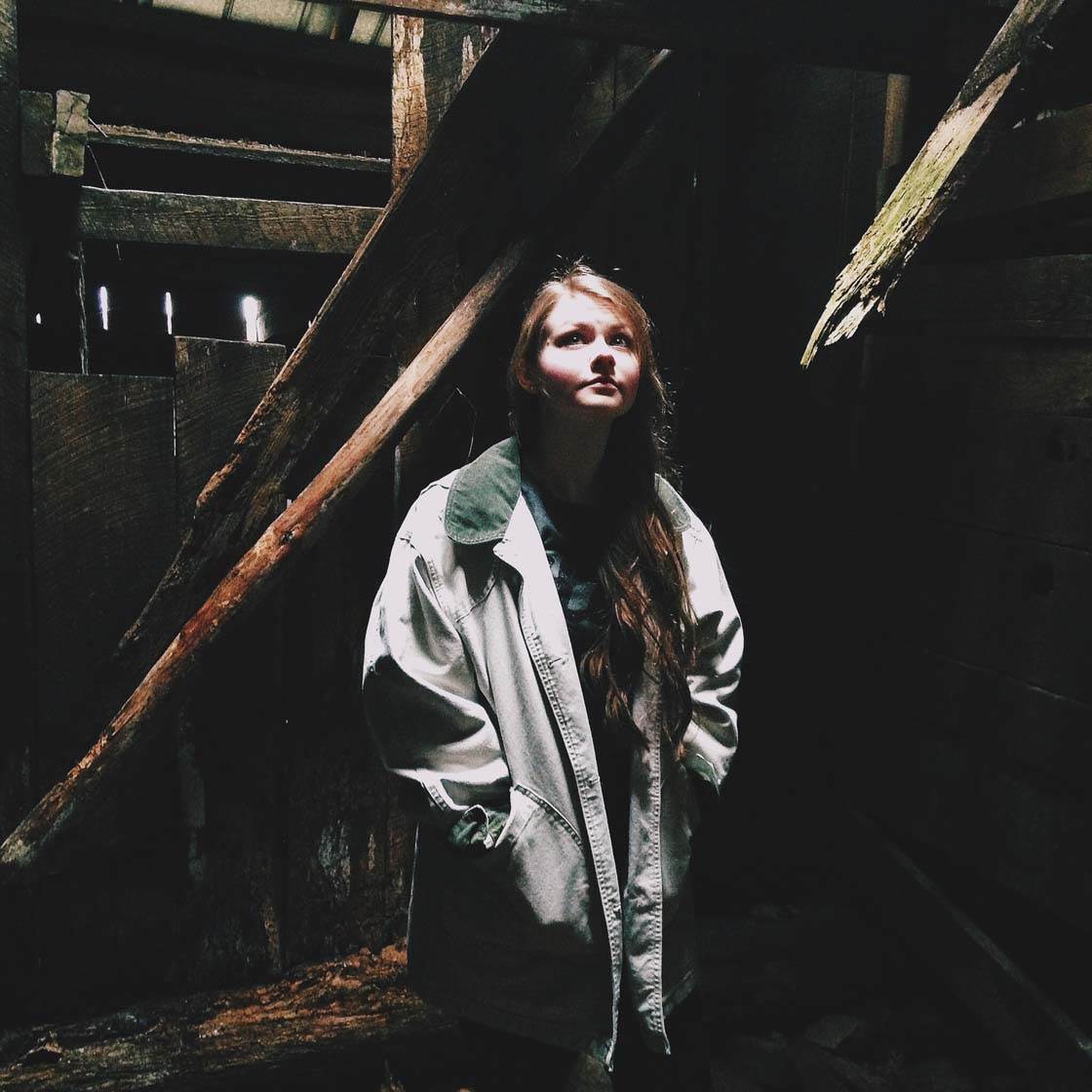
The location you choose will depend on the story you want to tell and the mood you want to create. It could be anything from an urban street scene to a sweeping landscape vista.
You could find an old building or barn, a ramshackle house, an alleyway, a stairwell, a busy street corner, a grassy field, a beach or river, a misty forest, etc.
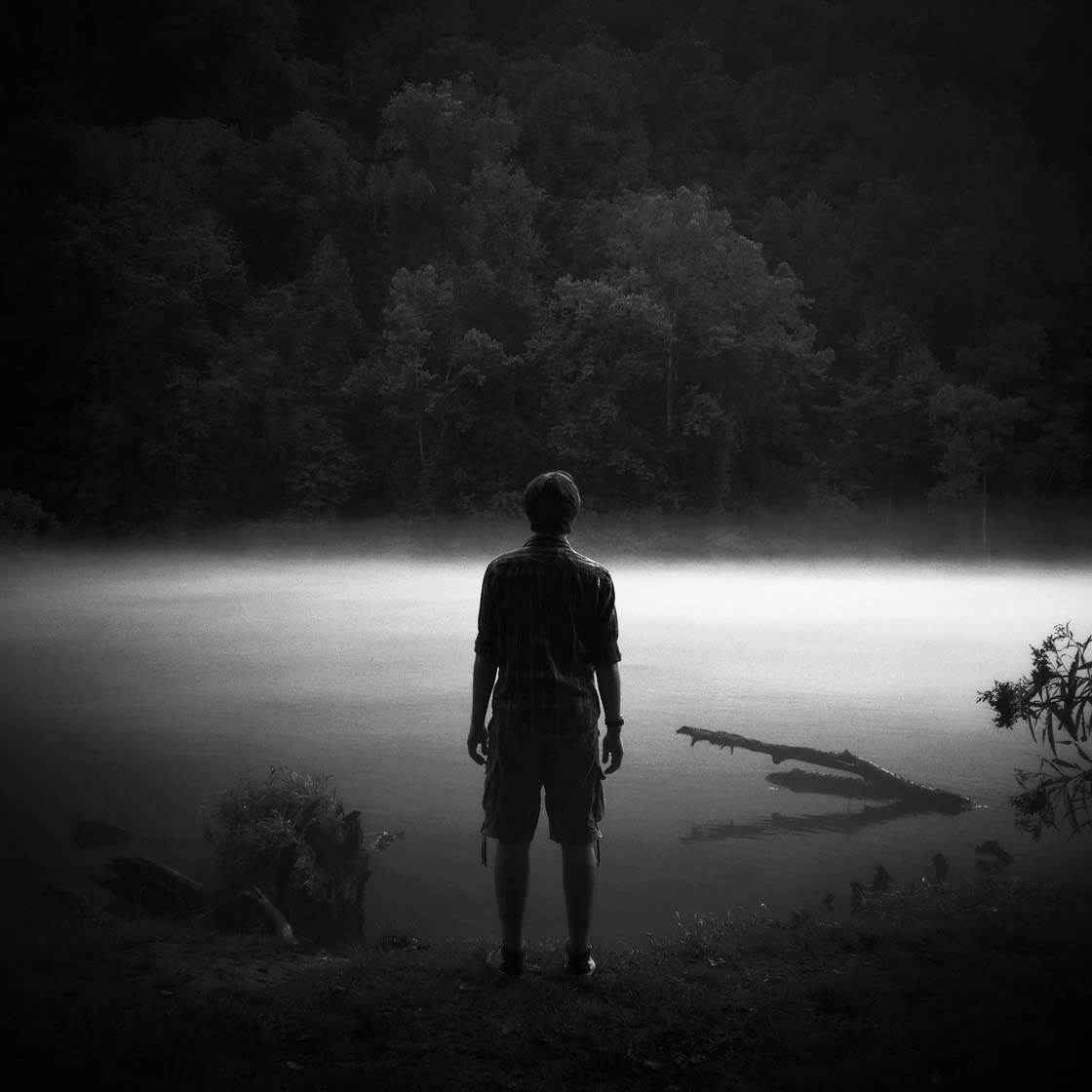
Look for any place that will enhance your story. A dark or misty location will create a sense of mystery and foreboding, whereas a beautiful meadow with a bright blue sky will create a feeling of happiness and freedom.
Whatever location you choose, make sure the background is clean and clutter-free. If the background is too busy it will be distracting and the subject will become lost in all the clutter.
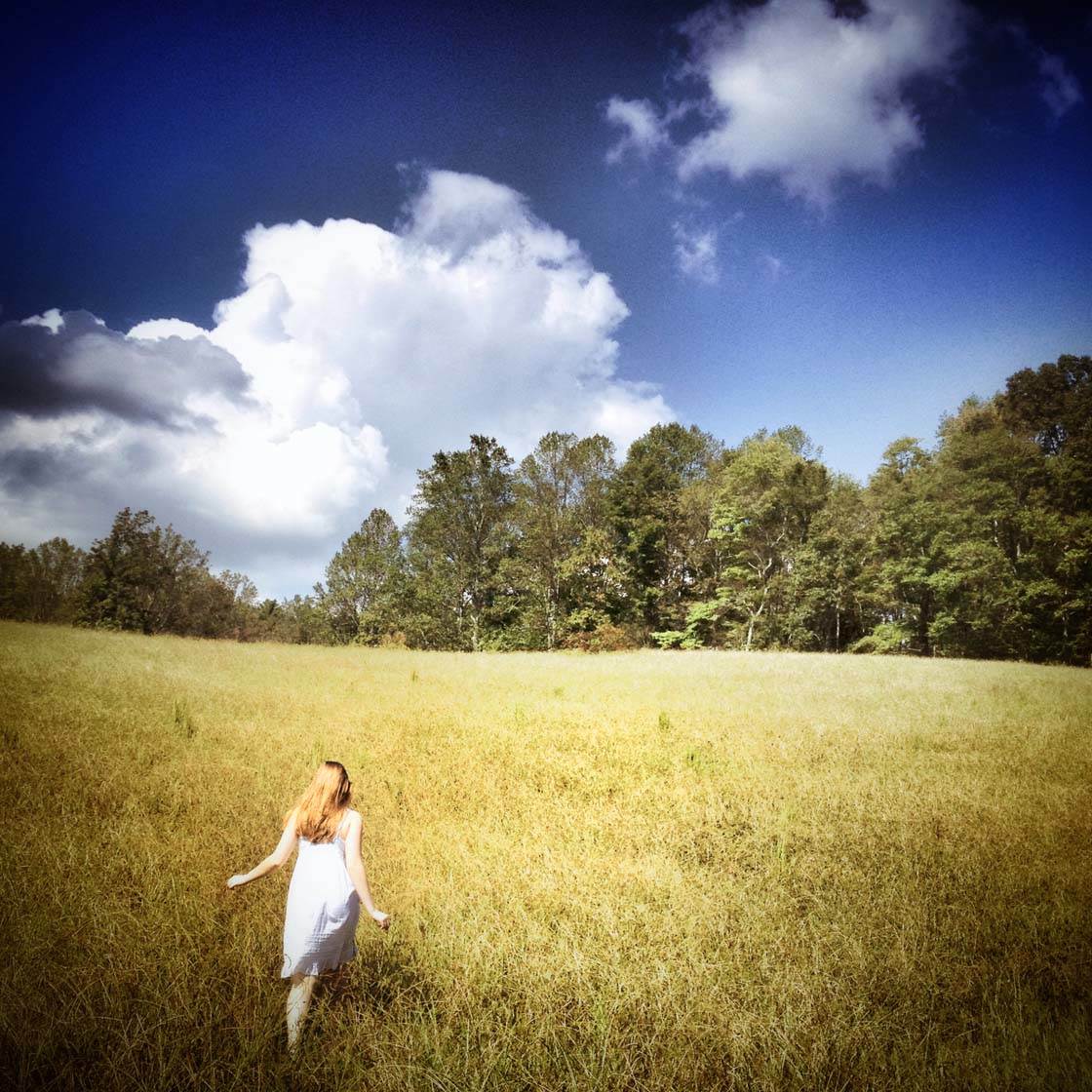
Another thing to consider is how the background will work with your subject. The background and subject need to work together to ensure the story makes sense.
If you choose a background that doesn’t go well with the subject, your story will have less impact. So always think about how a certain background could help illustrate the context of the story to the viewer.
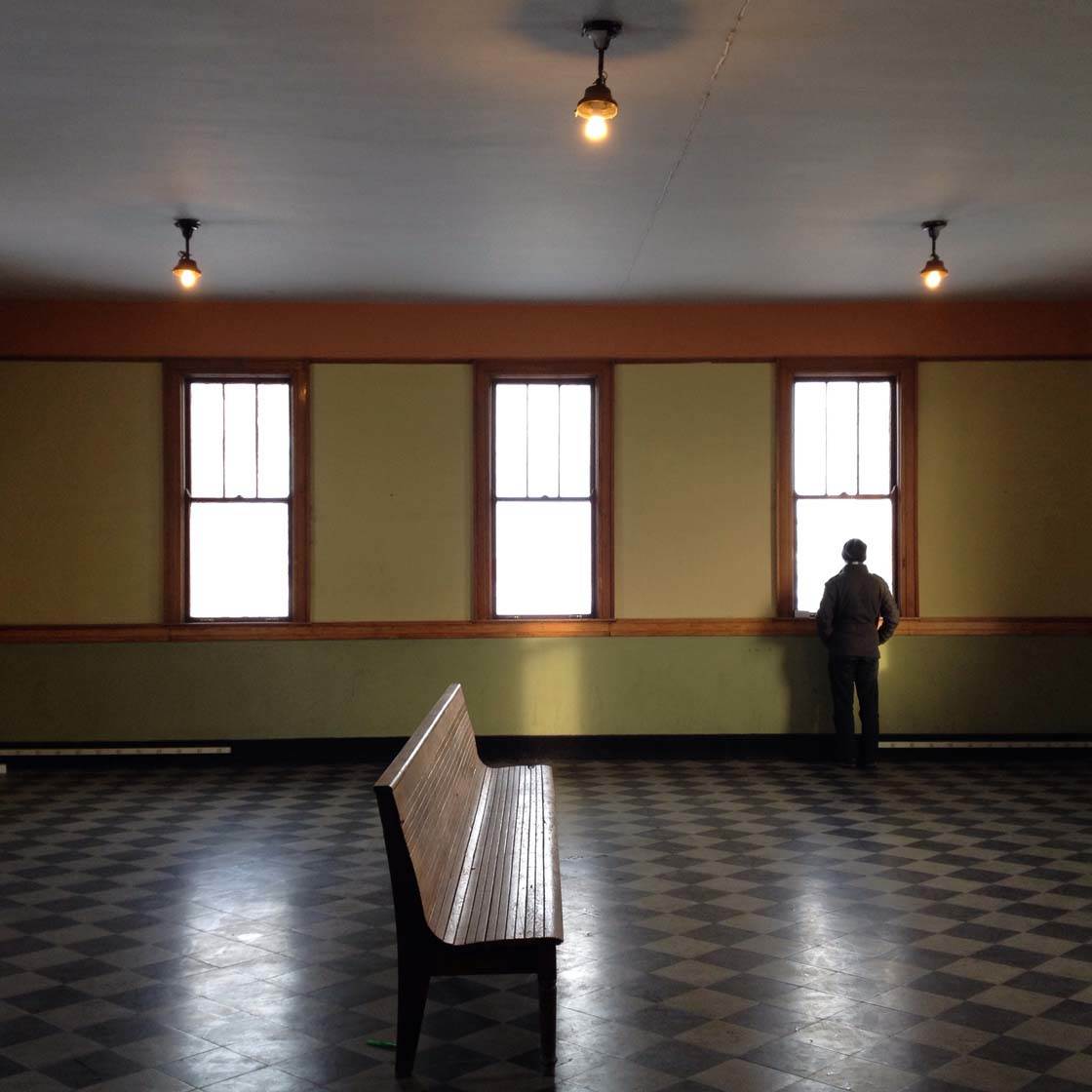
4. Use Dramatic Light & Shadow
The most important element in a cinematic photo is the light. You can have a great subject and location, but if you don’t get the lighting right the photo won’t have any impact.
Creating atmosphere and mood is essential with this kind of photography as it helps build a dramatic story, pulling the viewer into the scene and evoking strong emotions and feelings.
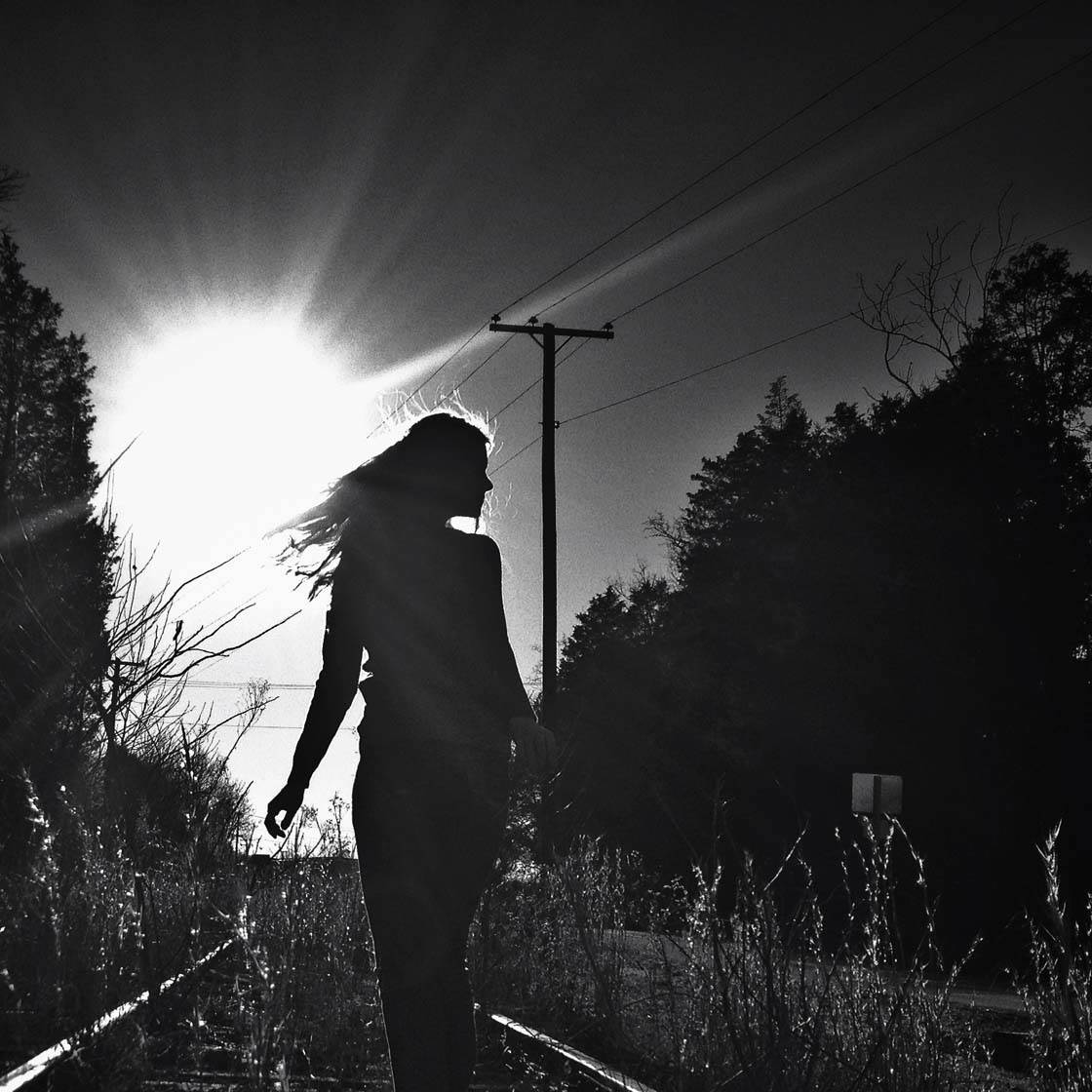
Light is what creates atmosphere and mood in photography. So you need to use the right kind of lighting to enhance the story you want to tell.
There are many different kinds of light, and they’ll all have a different impact on your photo. Always look for light that will complement and emphasize the theme of your photo.
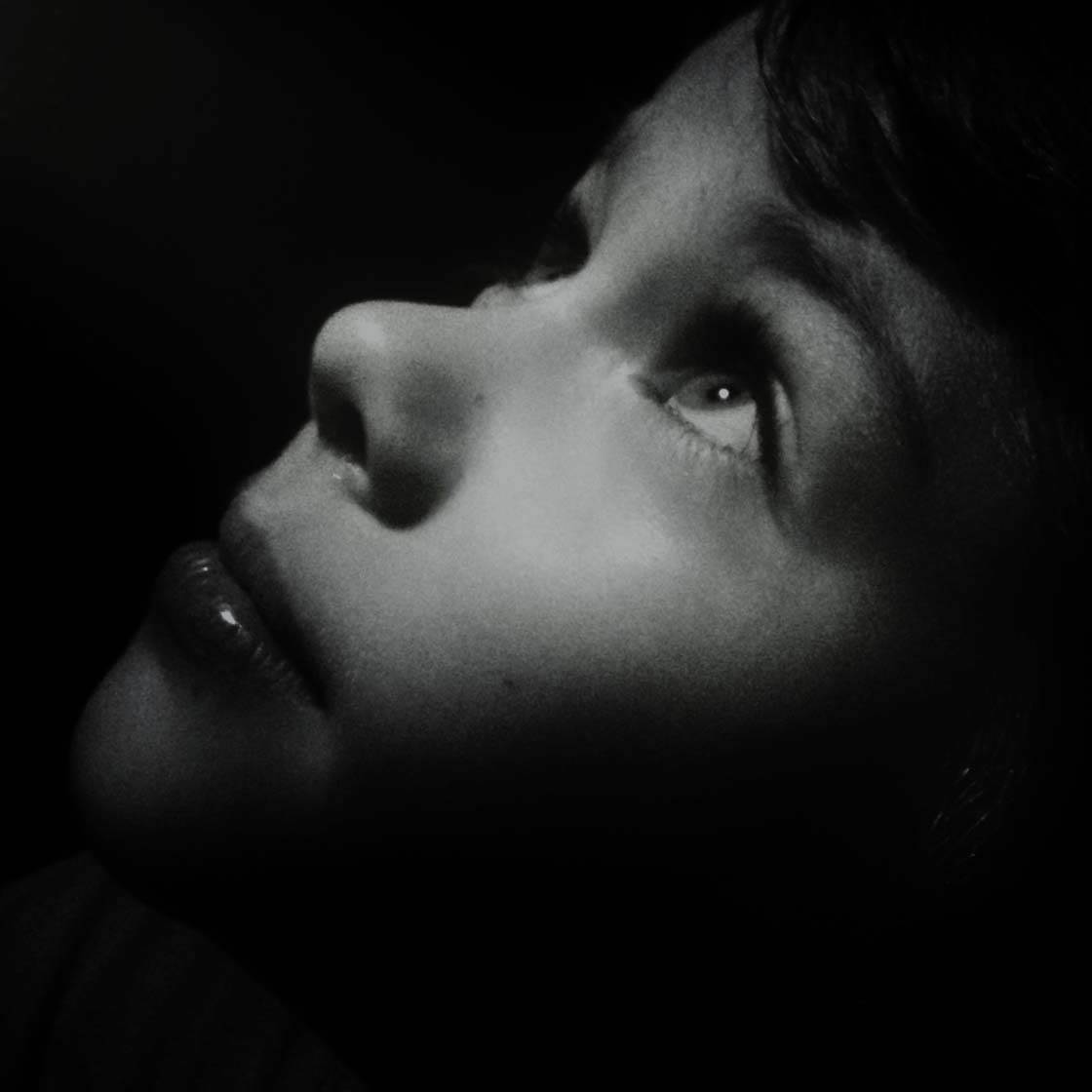
Direct light that highlights part of your subject and creates dark shadows in other areas of the scene will create moody photography with a strong sense of drama.
After tapping on the screen to set focus, swipe up or down on the screen to adjust the exposure (image brightness). Reducing the exposure will make the shadows darker and more dramatic.
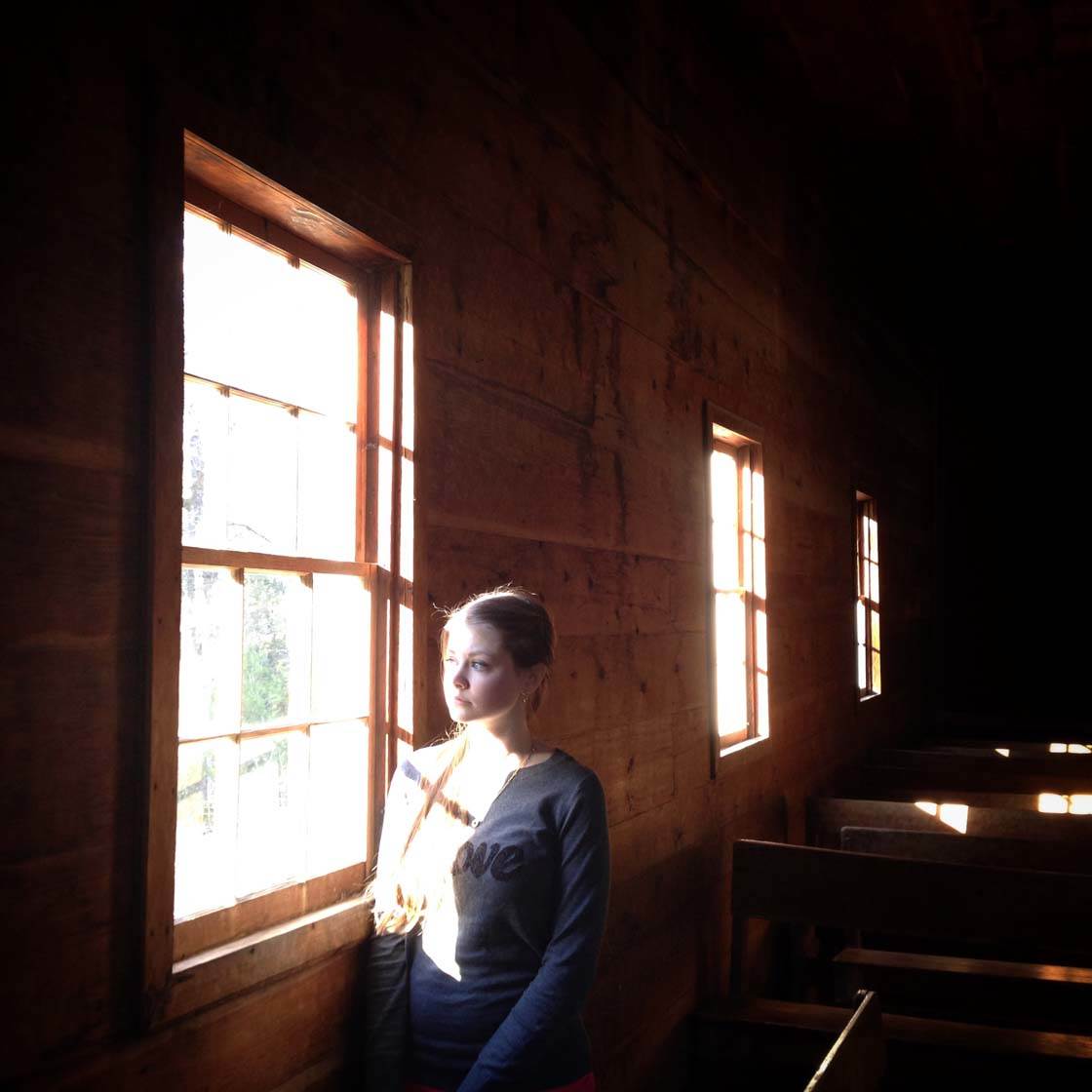
When shooting indoors under low light conditions, find a window that has good directional light. Place your subject near the window, experimenting with their position until you get the light and shadows where you want them.
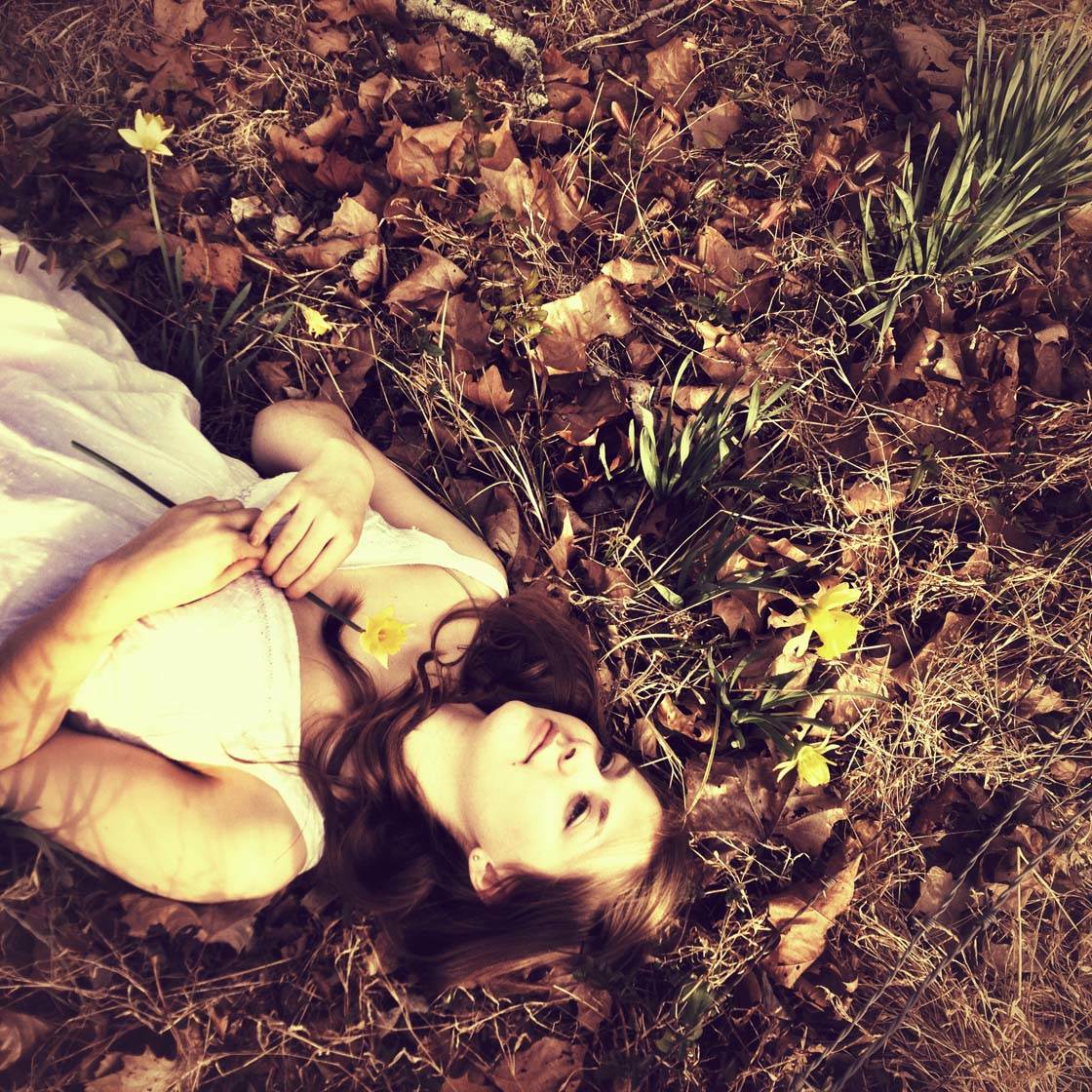
If you want to create a warm, romantic atmosphere, golden hour is a wonderful time of day to shoot. Golden hour occurs during the hour after sunrise and the hour before sunset. It produces a magical light that casts a beautiful soft warm glow over your scene.
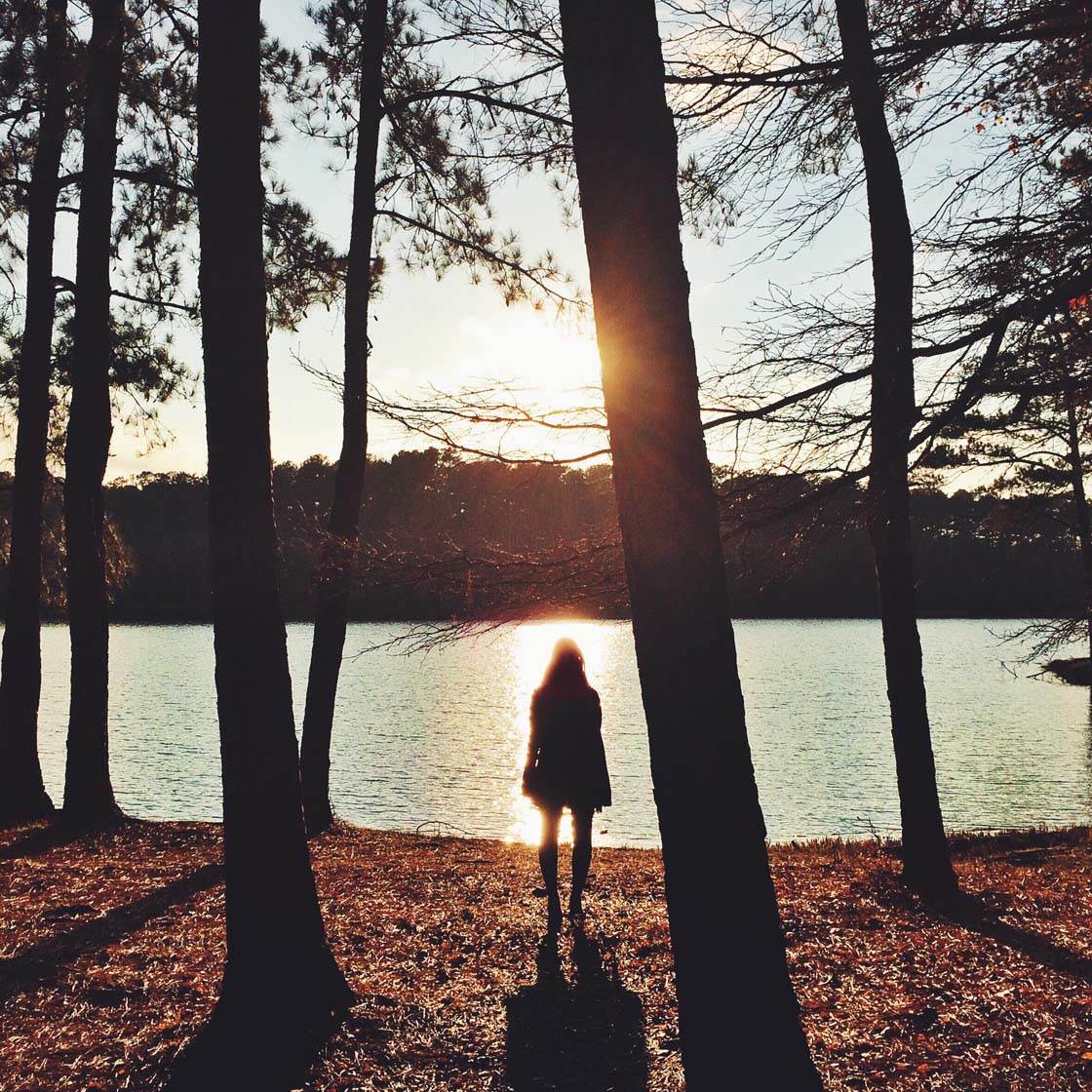
Shooting towards the sun will cause your subjects to appear as silhouettes. This is a great technique for creating a sense of mystery and intrigue in your photos. If the sun is low in the sky, your subjects will also cast amazing long shadows in the foreground.
If you’re shooting street photography, harsh daylight works really well. It will create dramatic high-contrast images with bright highlights and powerful shadows.
5. Create Shadows On Your Subject’s Face
An easy way to create a very dramatic photo is to light your subject so that one side of their face is well lit and the other side is in shadow. Shadows always create mystery and drama in a photo because it makes the viewer wonder what’s hiding in the darkness.
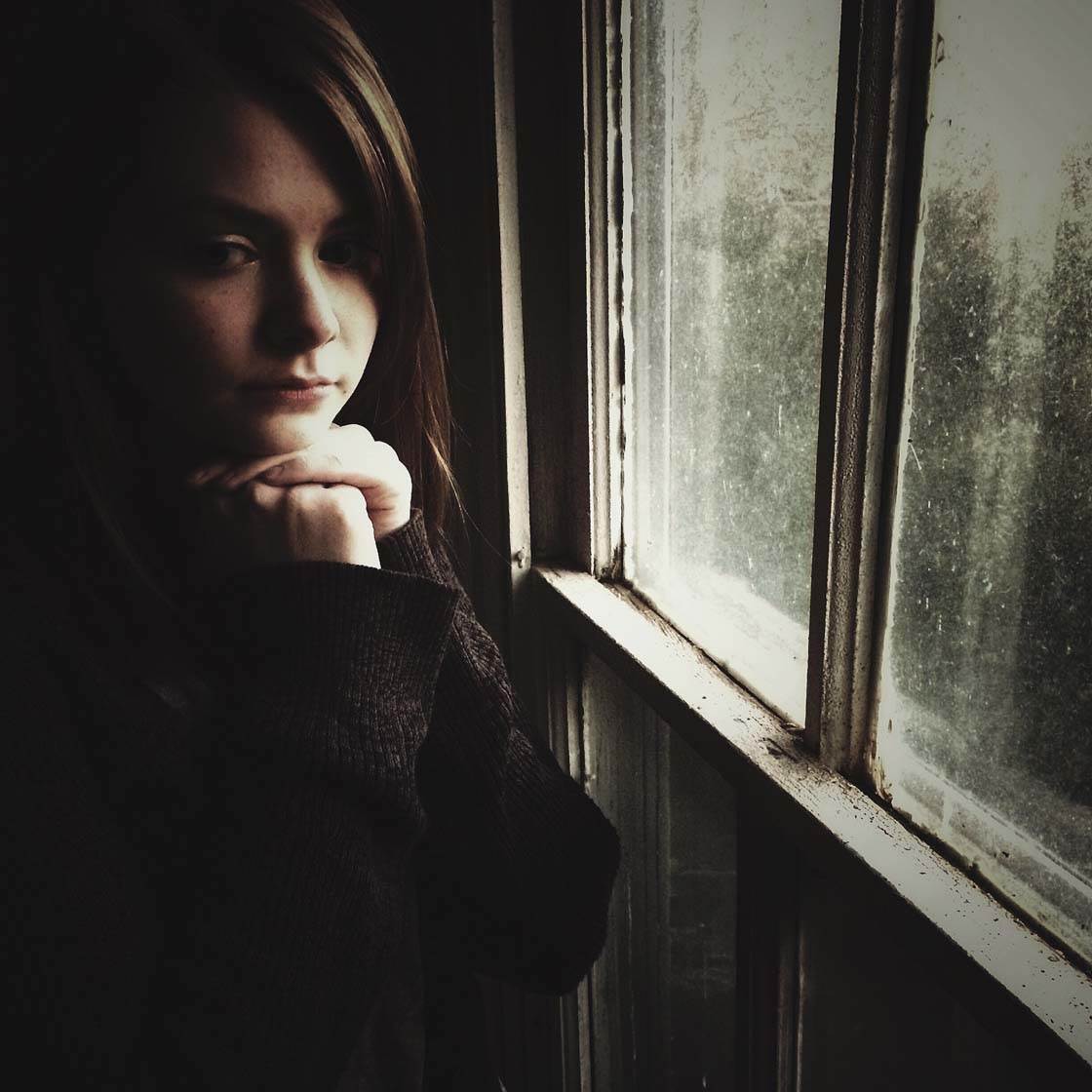
The best way to create this kind of effect is to shoot indoors and use a window for directional and filtered light. Experiment with the placement of your subject to get the right angle of light on the face.

Compose your shot so that you’re shooting from the shadowed side of the face. It’s up to you how much of the lit side of the face you want to include.
A classic technique that photographers use to create drama in portrait photography is “Rembrandt lighting.” This is where you create a shadow on one side of the face, but with a triangle of light beneath the eye, as you can see in the photo below.
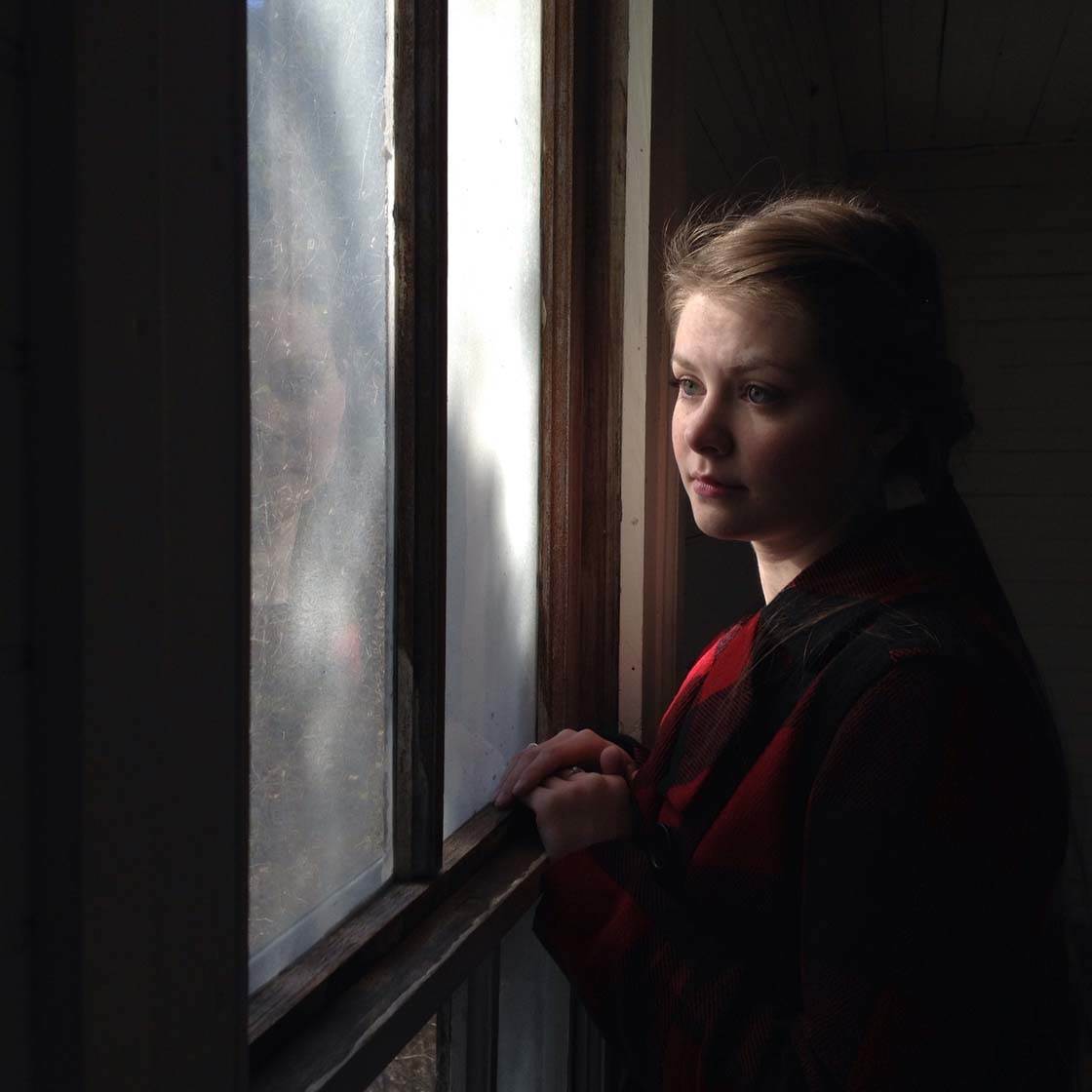
This may be a bit trickier to achieve, but with some practice it creates a wonderfully dramatic image with interesting light and shadow-play on your subject.
6. Shoot From Different Perspectives
In cinematography, every camera angle is carefully chosen to create a particular kind of impact. And you should do the same in your photography.
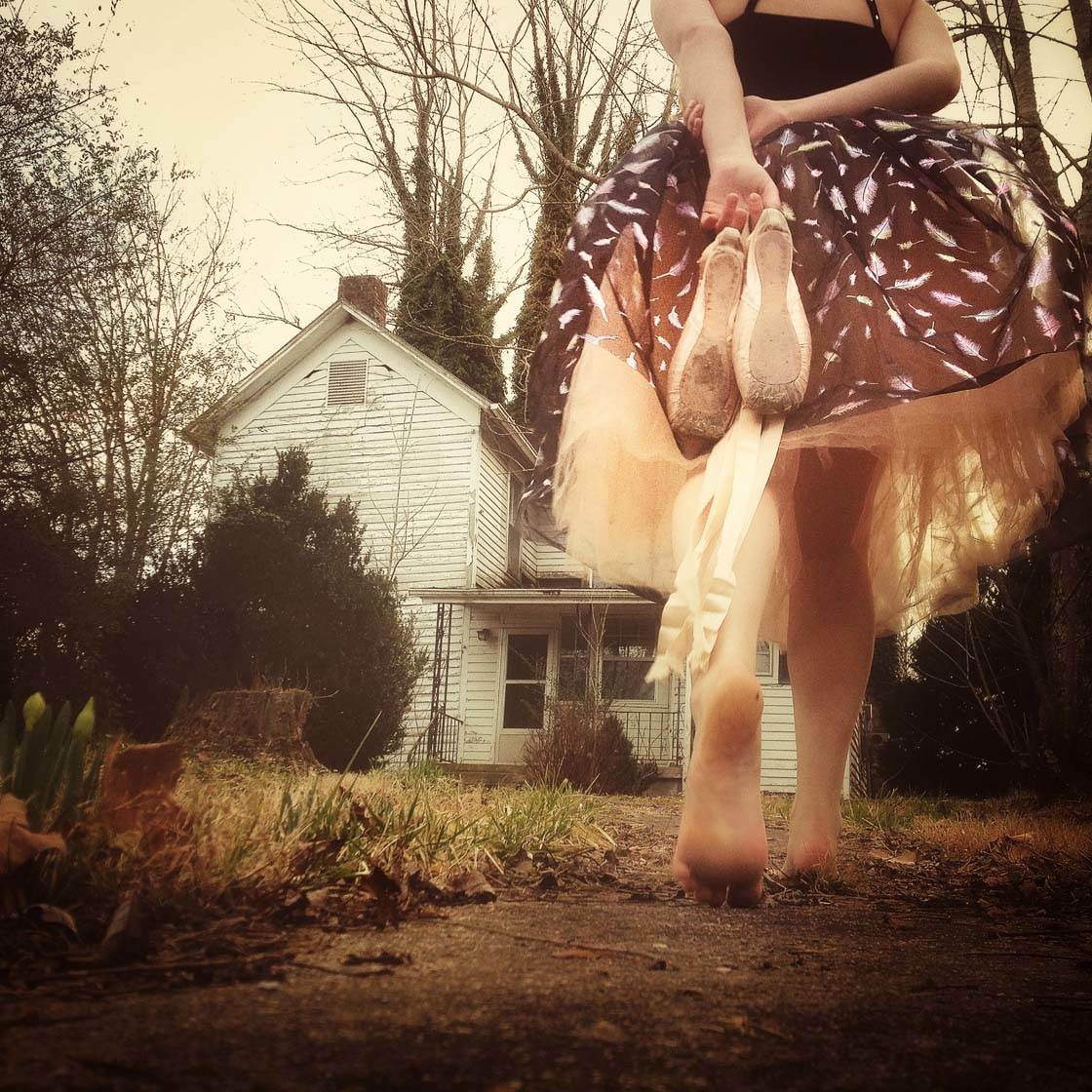
Experiment with different camera angles and perspectives to see how it affects the story of your photo. For example, photographing from a high vantage point will have a completely different effect to shooting from a low angle.
There are many ways to shoot your subject to convey a certain mood. Photographing your subject from eye level tends to create a sense of familiarity.
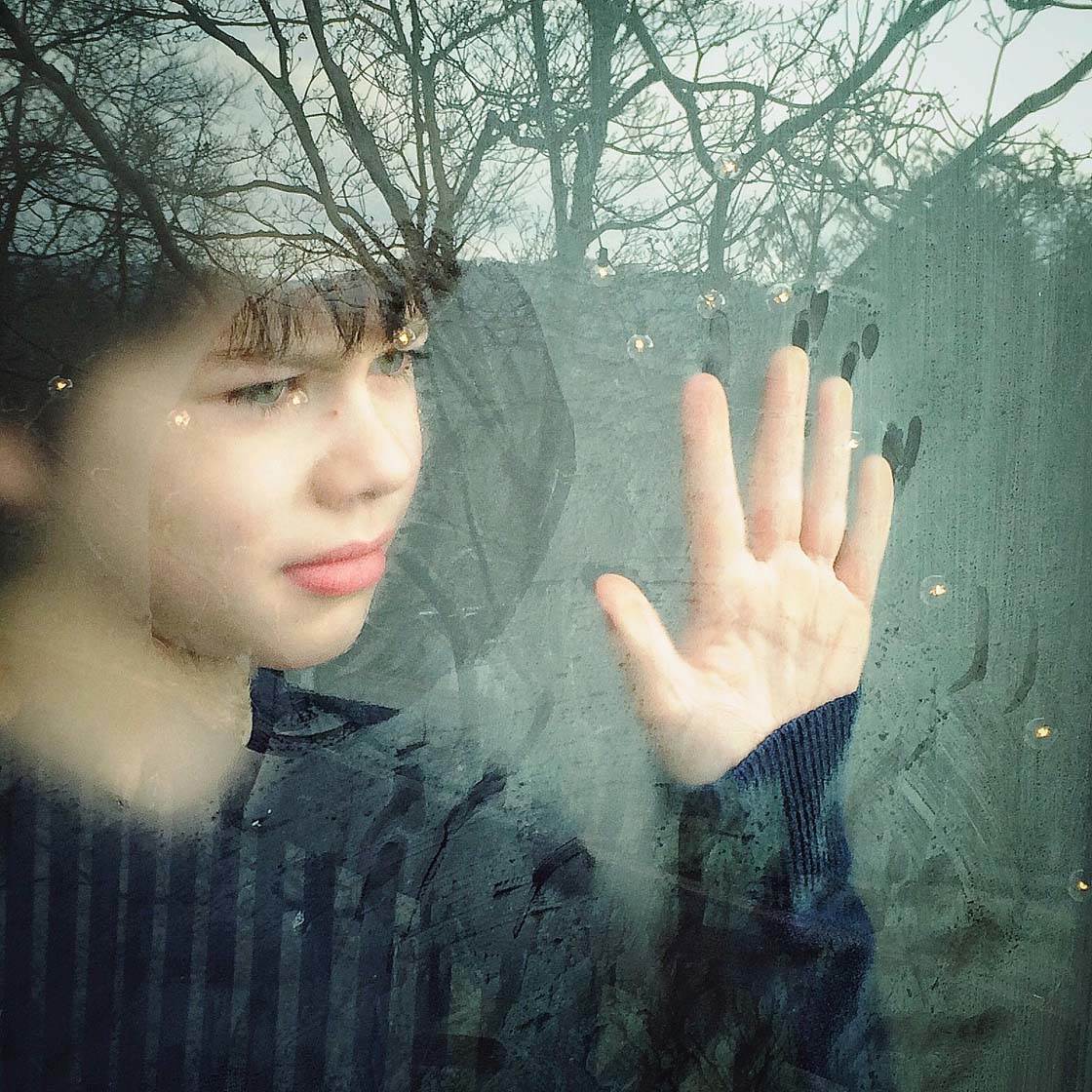
If shooting from eye level helps you tell your story and connect the viewer to the subject, this is fine. But taking the shot from a different viewpoint might have a stronger impact. Always take this into consideration and experiment with your shooting angle.
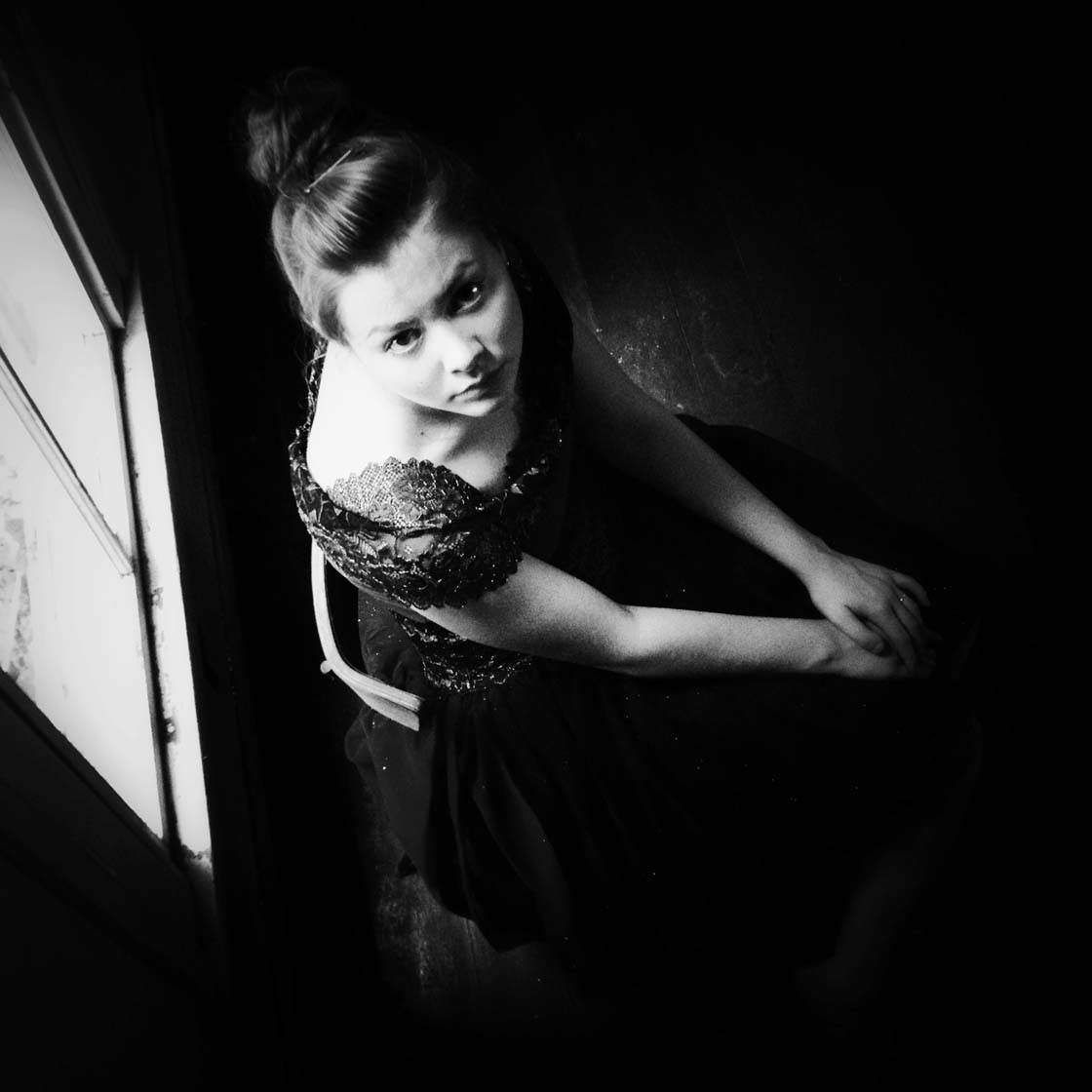
A high camera angle that places the camera above the subject’s eye level makes the subject seem small and insignificant, maybe even lost in their own surroundings.

By contrast, shooting from a low angle where the subject is placed above the lens makes them seem more powerful and important.
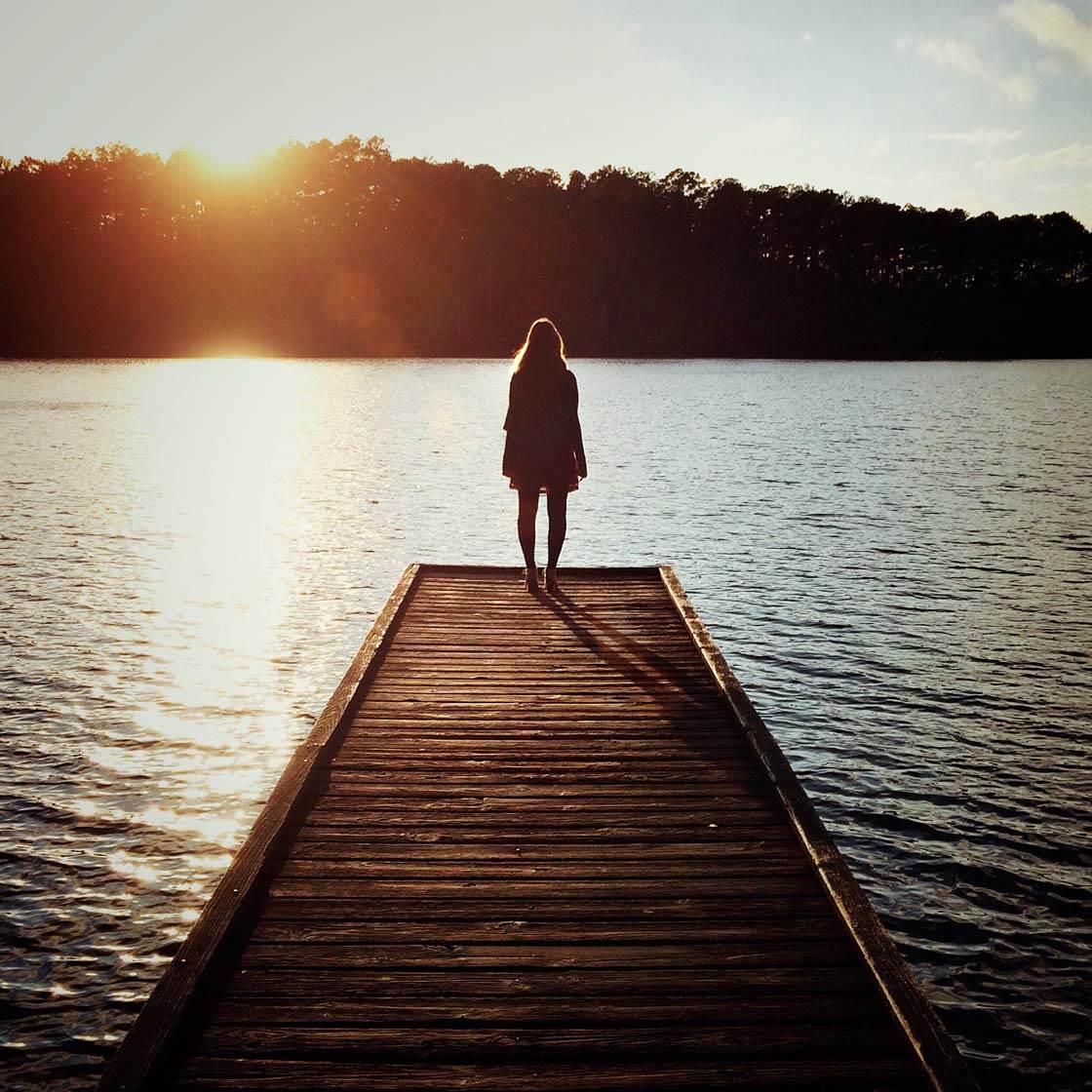
Photographing your subject from behind adds a sense of mystery to your image because you can’t see the subject’s face. It can also create a sense of drama because it gives the impression that your subject is unaware they’re being watched.
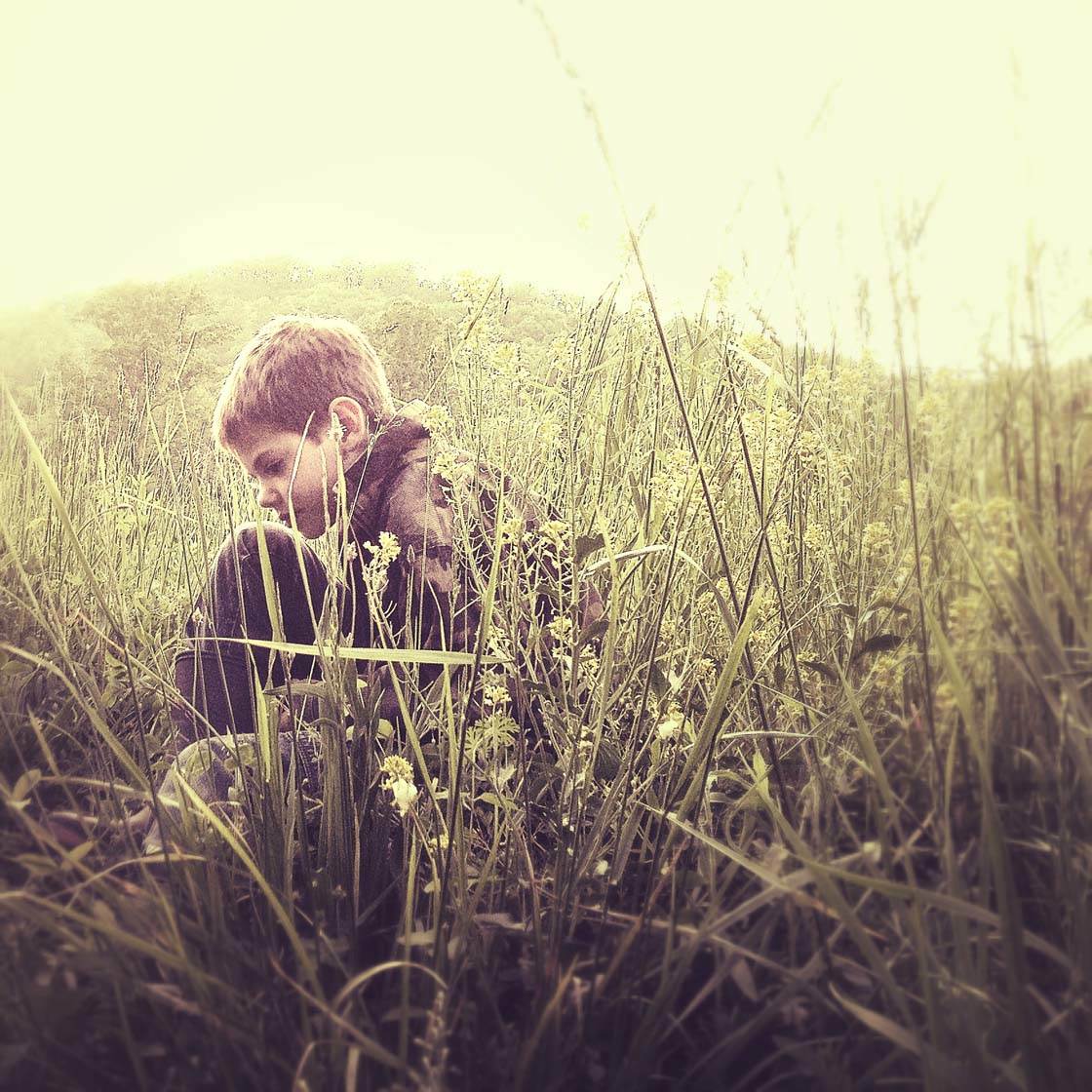
Another technique you could try is to include something in the foreground of your photo that partially obscures your subject. Again, this gives the impression that the subject is unaware they’re being photographed, helping to build up the suspense in your story.
Whatever subject you’re photographing, always think about the story you want to tell. Then carefully choose the angle or perspective you shoot from to support the theme or story in your photo.
7. Use Strong Composition Techniques
Composition is another very important element that you must consider when taking photos. When composing your shot, always think about where you’re going to place the most important elements within the frame.
To create a powerful impact you must use strong composition techniques that draw the viewer into the image and emphasize the main subject.
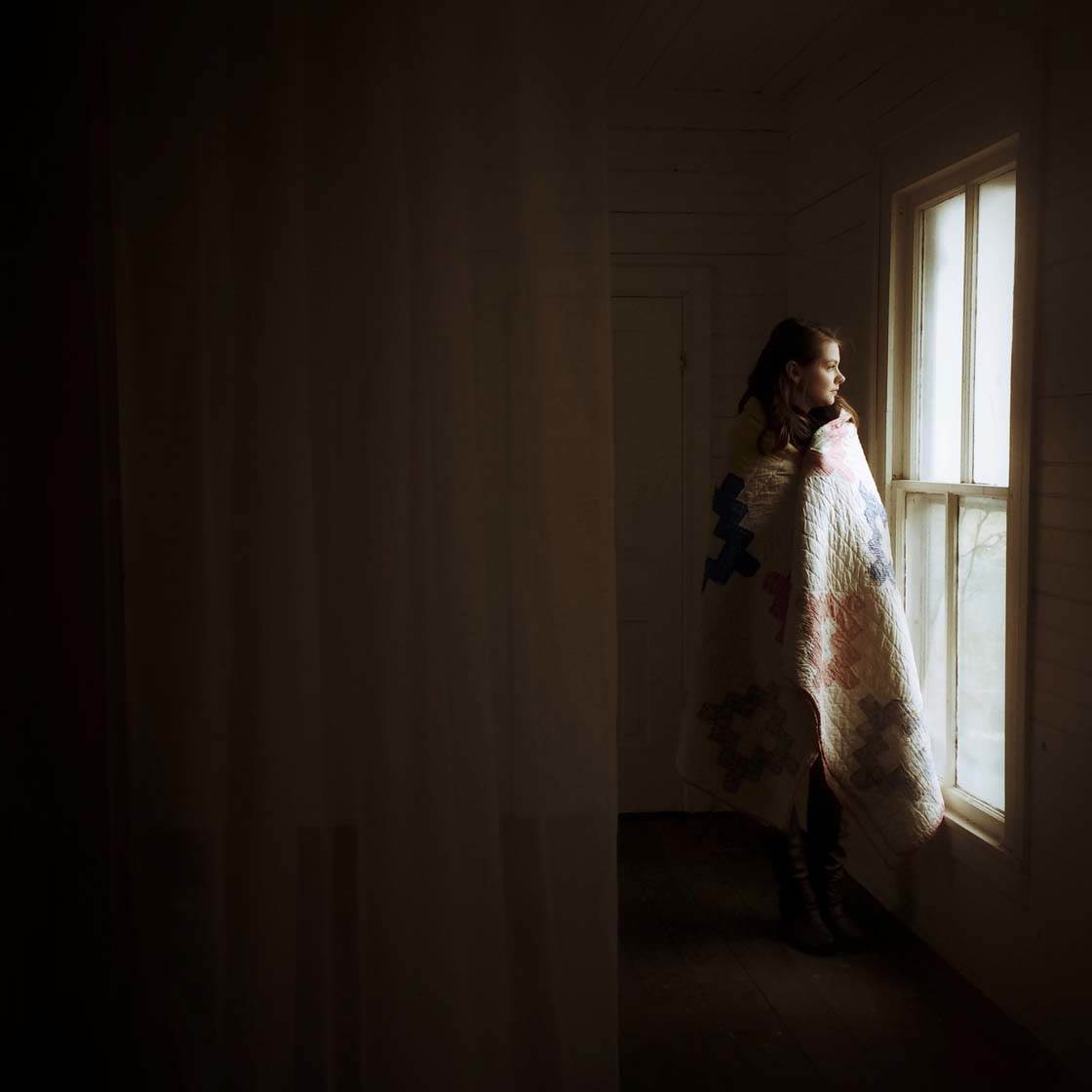
The rule of thirds is a great place to start. The rule of thirds states that you should position your main subject off-centre within the frame to create the most naturally balanced composition.
Leaving the rest of the frame as empty negative space helps to enhance this kind of composition, further emphasizing the main subject.
To apply the rule of thirds, imagine your frame divided into a grid with two horizontal and two vertical lines (you can switch the grid on in your viewfinder by going to Settings > Photos & Camera > Grid).
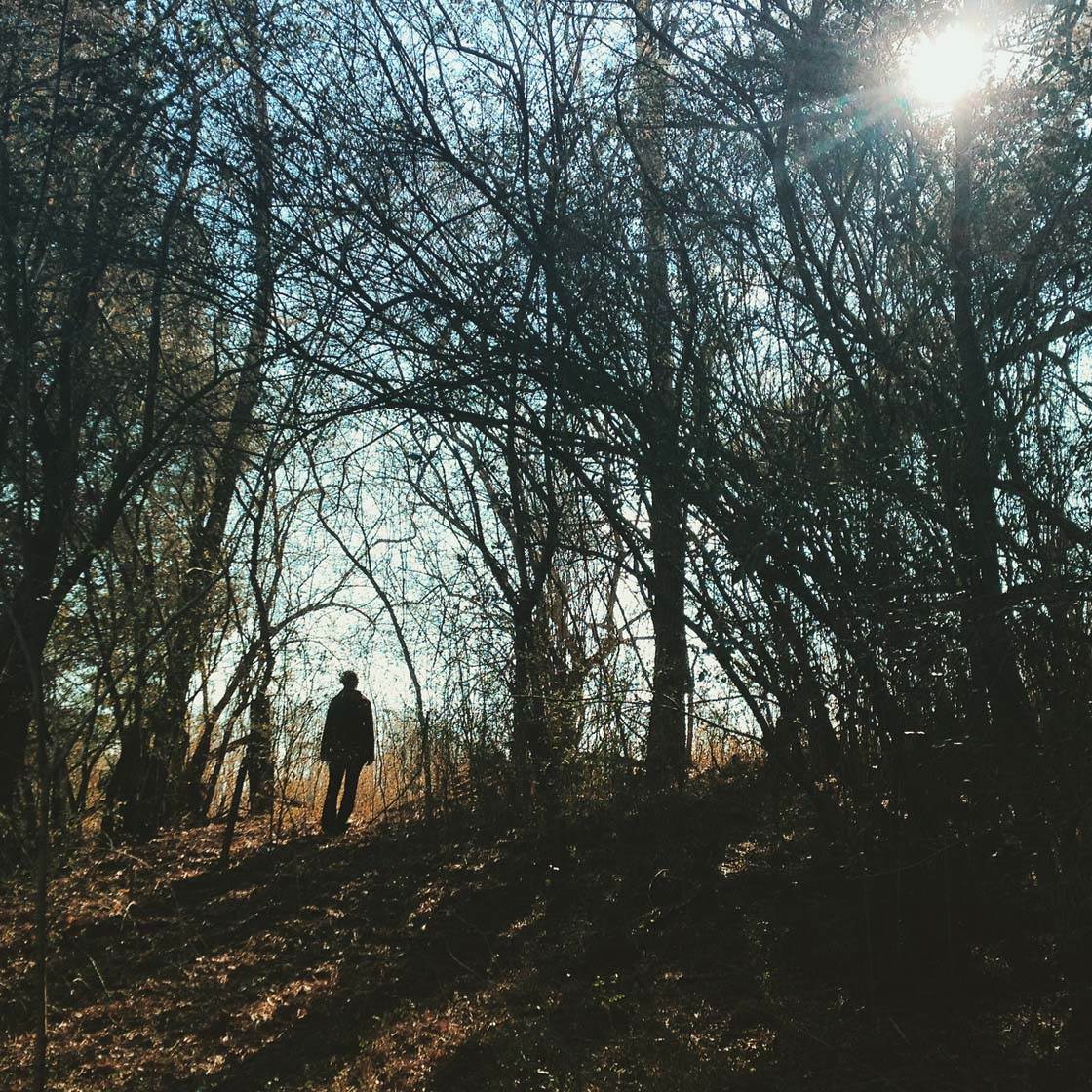
Positioning your main subject on one of these gridlines (or where two lines meet) will help you compose your shot according to the rule of thirds. Even placing your subject a little off-center will suffice.
That said – rules are made to be broken! And sometimes positioning your subject centrally can have a very strong visual impact, especially if the composition creates symmetry in your image.
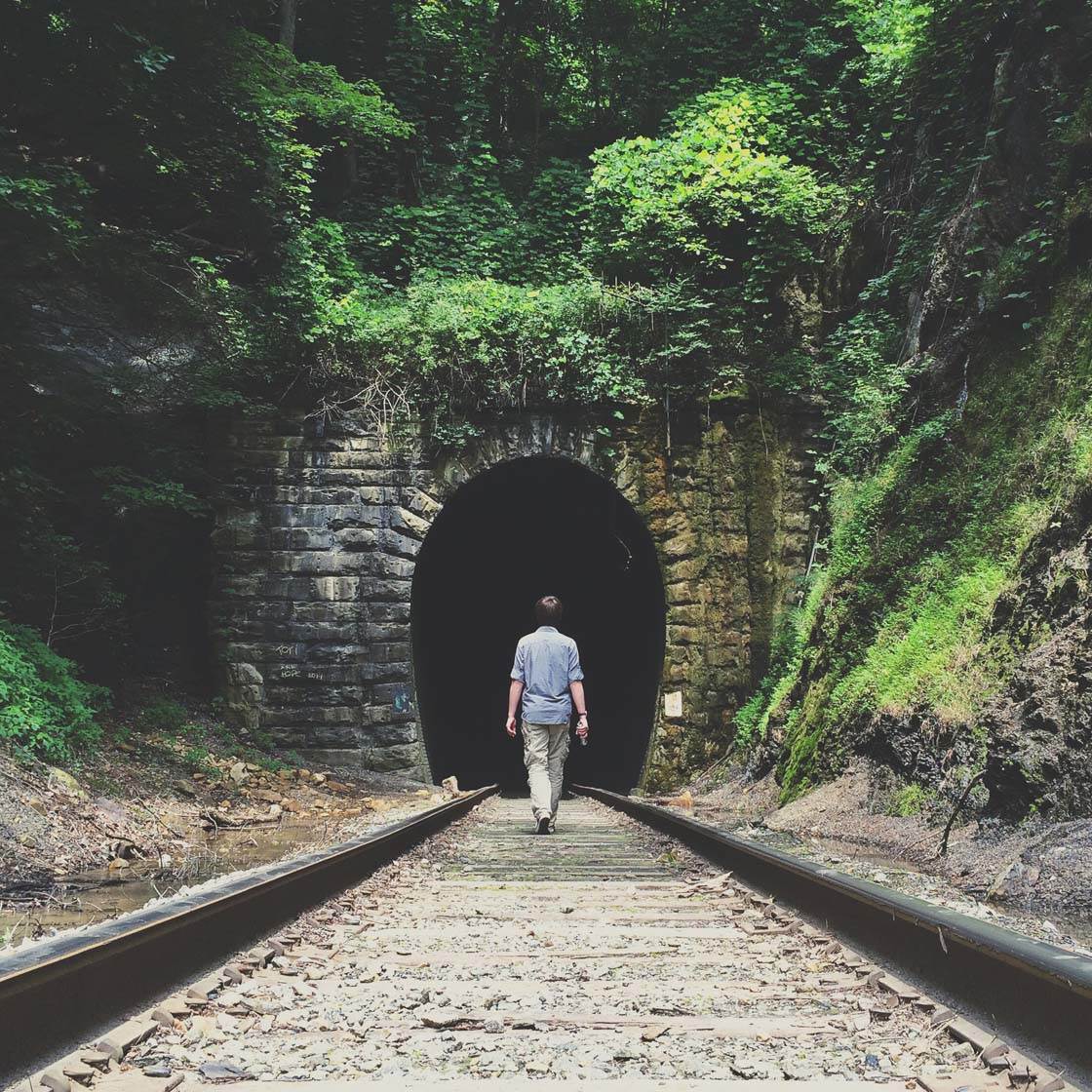
One of the most powerful composition techniques you can use is leading lines. A leading line is simply a line in the scene that leads from one part of the frame to another. It helps to draw the viewer into the image and towards the main subject.
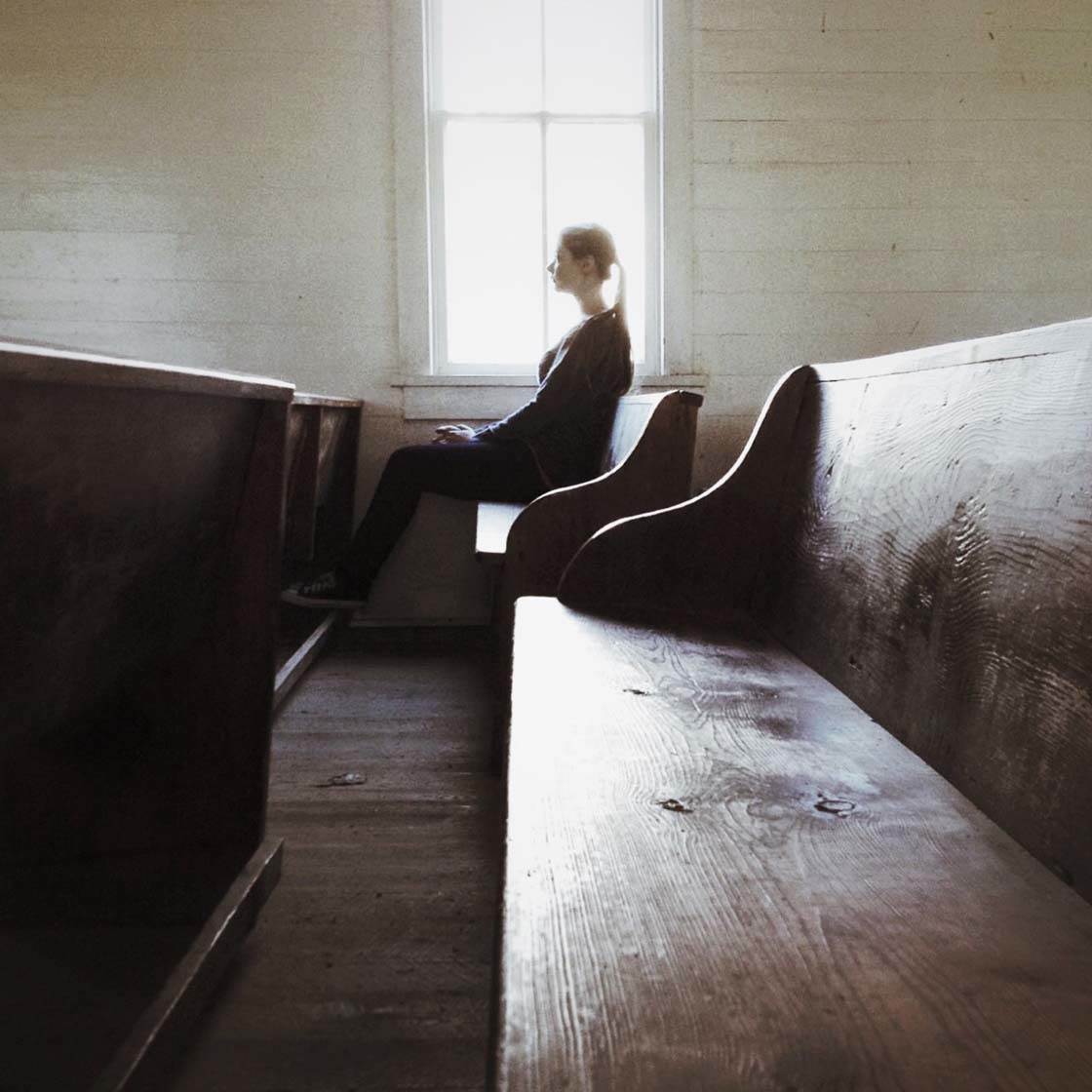
A leading line could be a pathway, road, river, bridge, staircase, railway tracks, road markings, or anything else that creates a line leading from one part of the image to another.
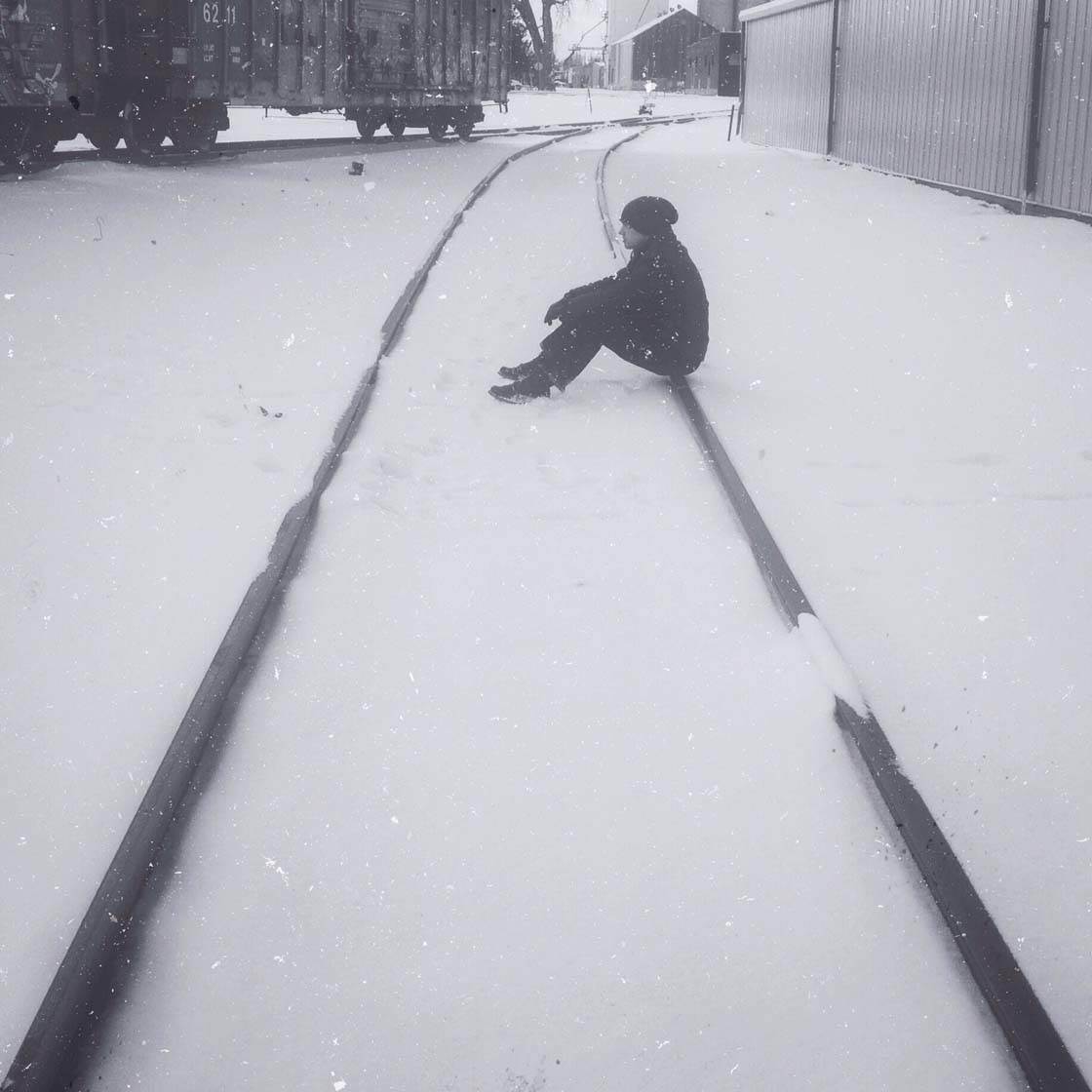
Leading lines create a strong graphic visual element that grabs the viewer’s attention. They also add a sense of flow, making the image feel more dynamic and interactive.
Lines also help to create a strong sense of depth because they draw your eye from the foreground into the distance.
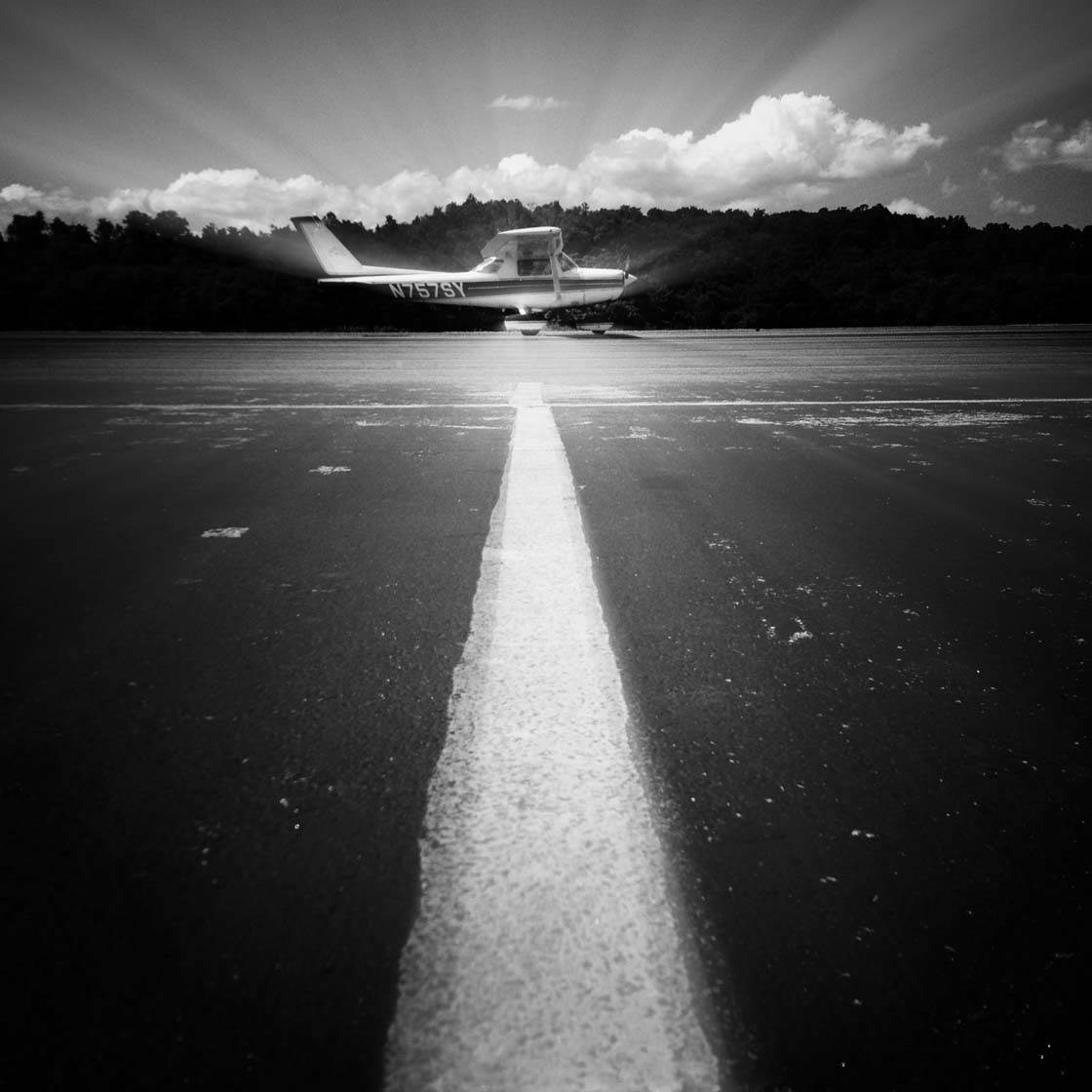
The most powerful way to use leading lines is to compose the shot so that the line runs from the front of the image directly towards the main subject. Your eye can’t help but follow the line!
Another composition technique that draws the eye towards the subject is “framing.” This simply involves using another element in the scene to create a natural frame around the subject.
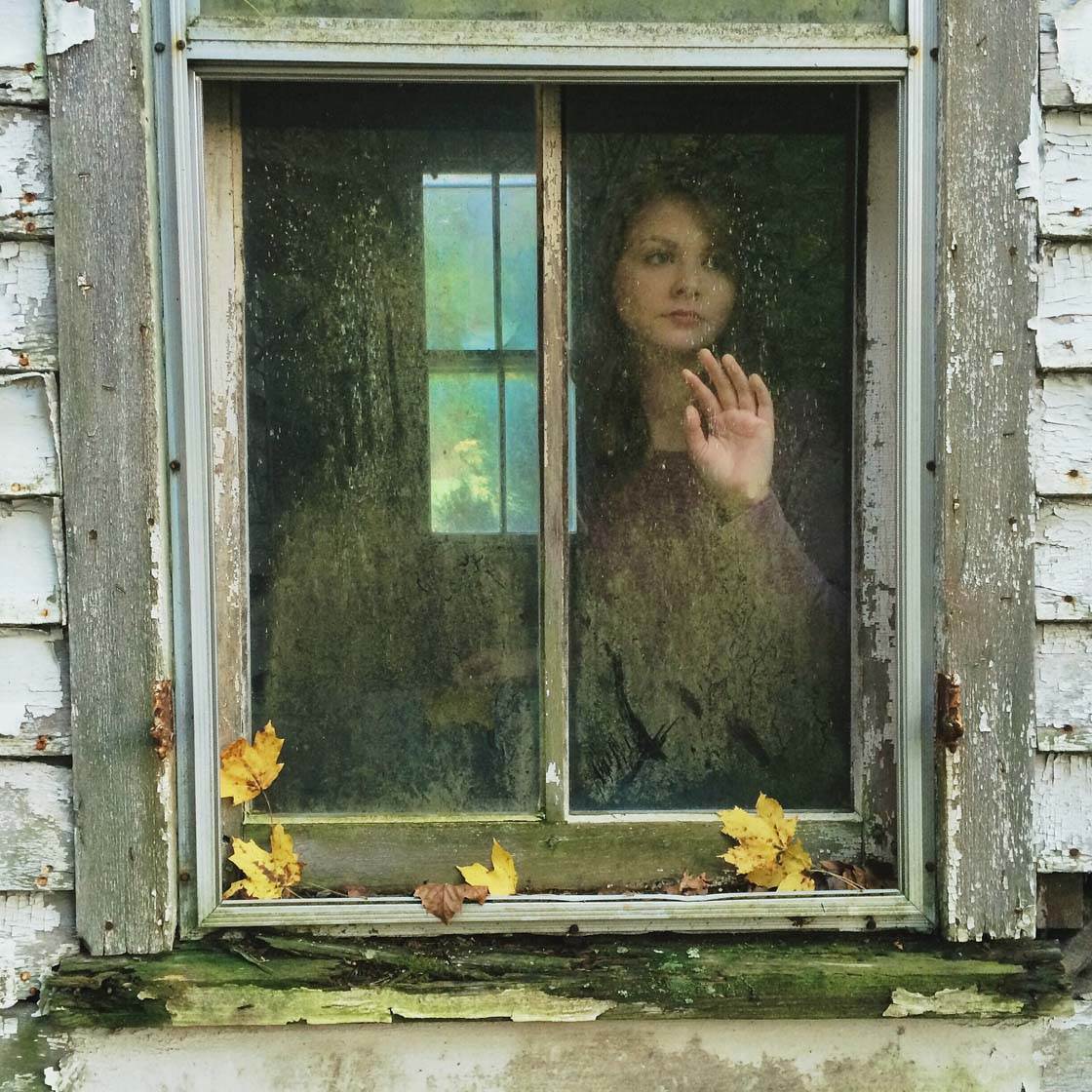
You could frame your subject with an archway, doorway, window frame, bridge or any other object that surrounds the subject.
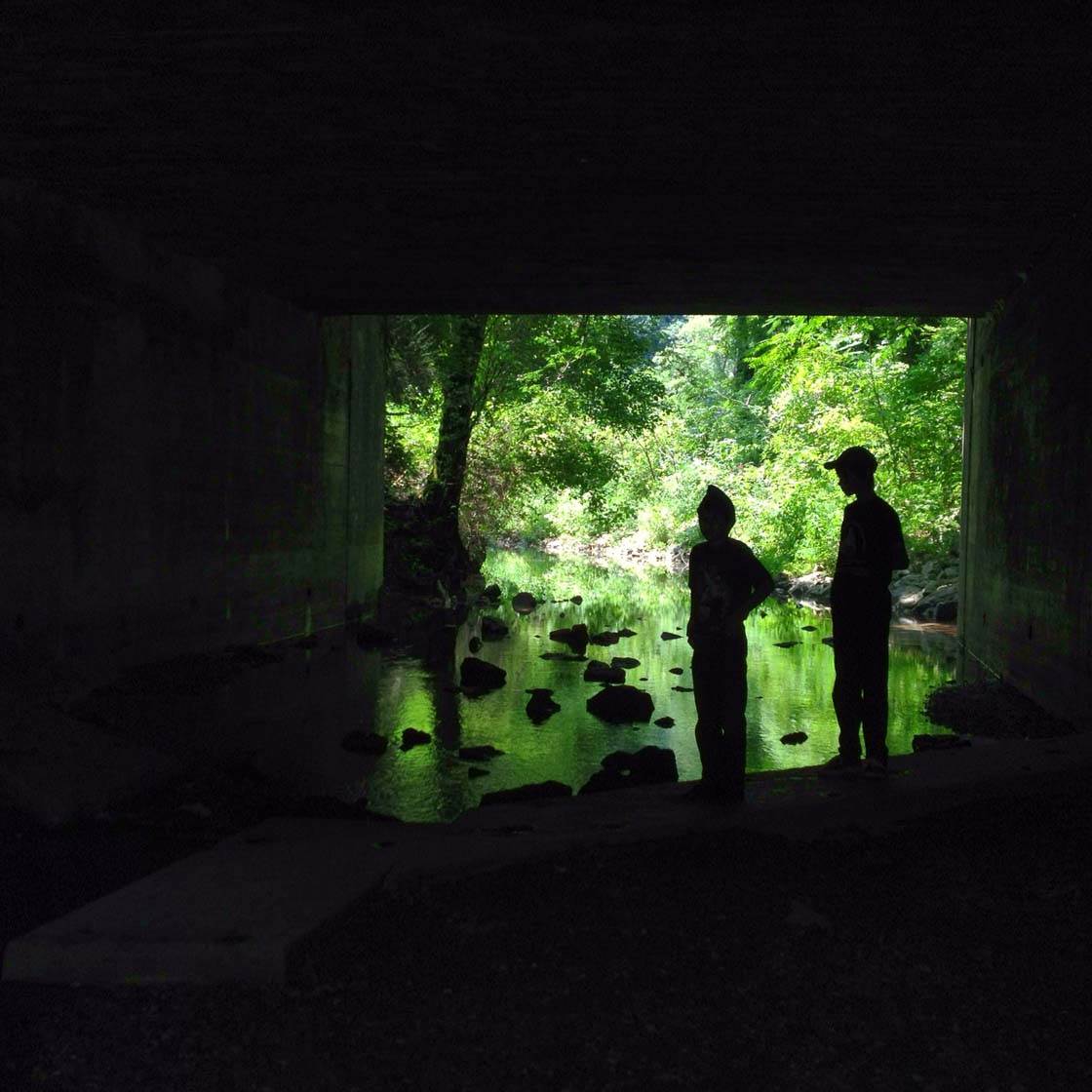
Remember, as the artist you have the power to achieve a certain look through your choice of composition. Never leave composition to chance.
Always compose your shot carefully and purposefully to help your main subject stand out and create maximum visual impact.
8. Edit To Enhance The Mood
A good cinematic-style photo needs an edit that can create a more stunning and dramatic image, enhancing the mood you want to convey. So keep this in mind when using apps during post-processing.
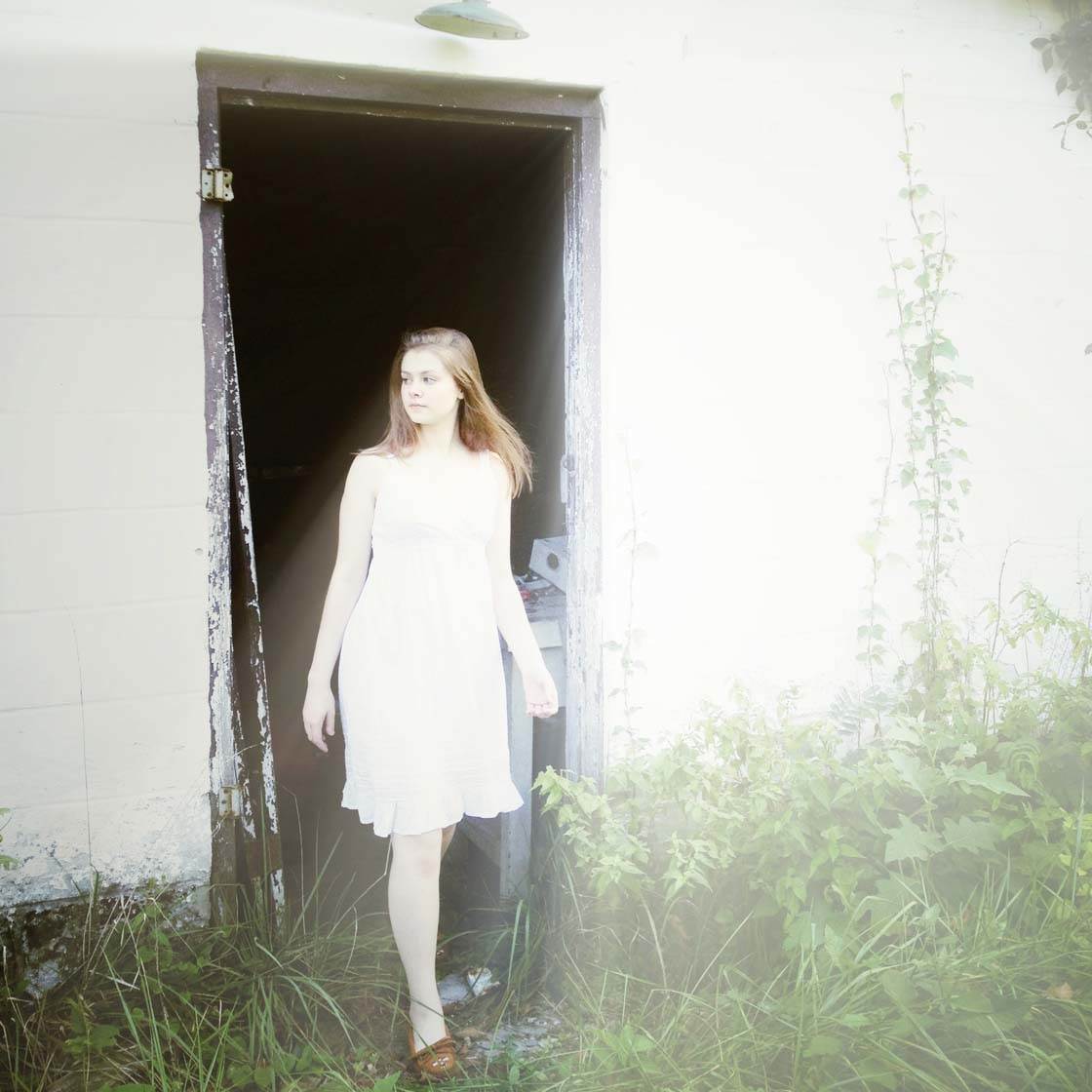
There are many editing apps available, but I find Snapseed to be a really versatile app. It lets you adjust lighting and color, make selective adjustments to just part of your image, and convert your photos to black and white.
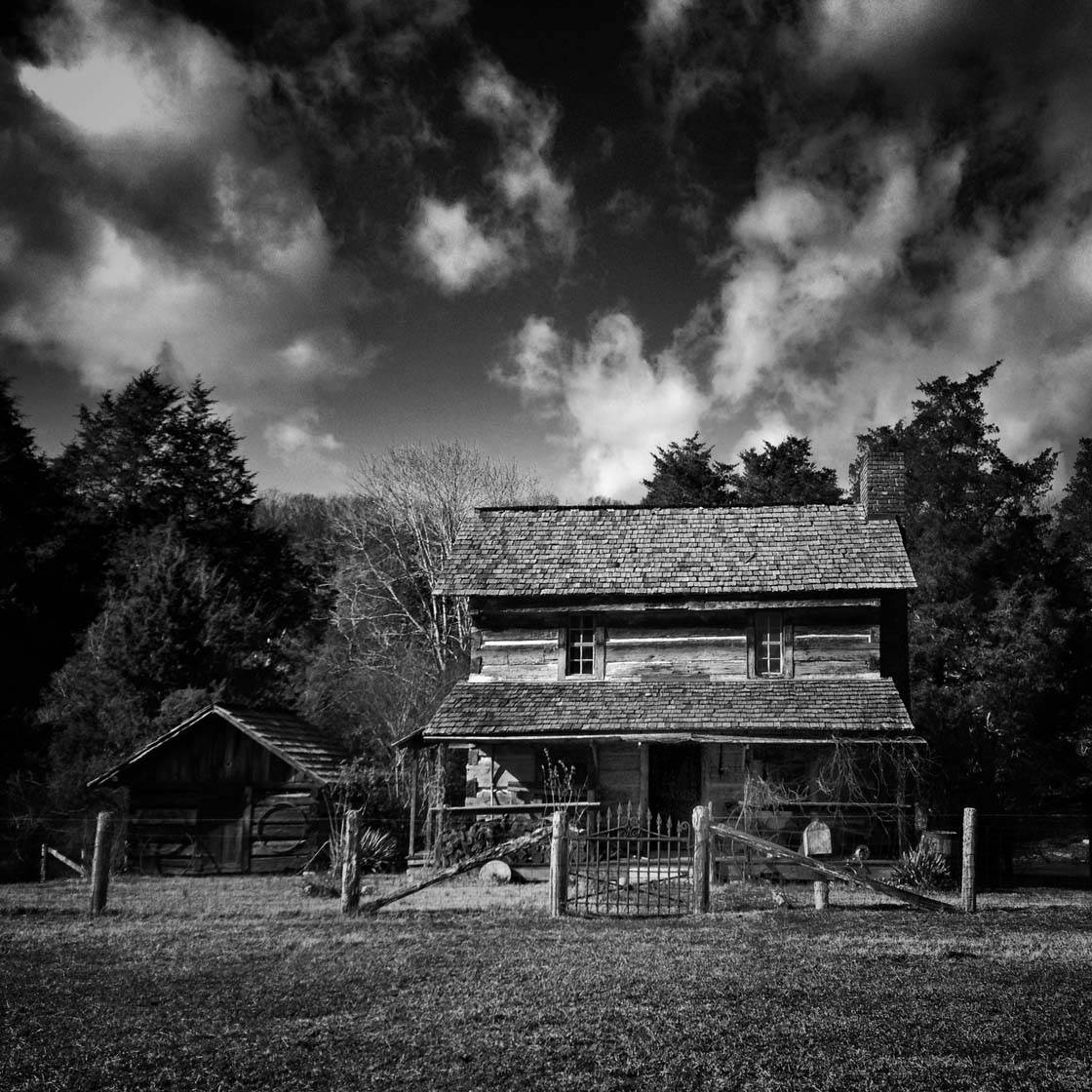
You can also use Snapseed to add grungy textures or vintage effects, apply dark vignettes around the edges, create lens blur, apply film grain, and more. Click here to learn how to use Snapseed to create stunning edits.
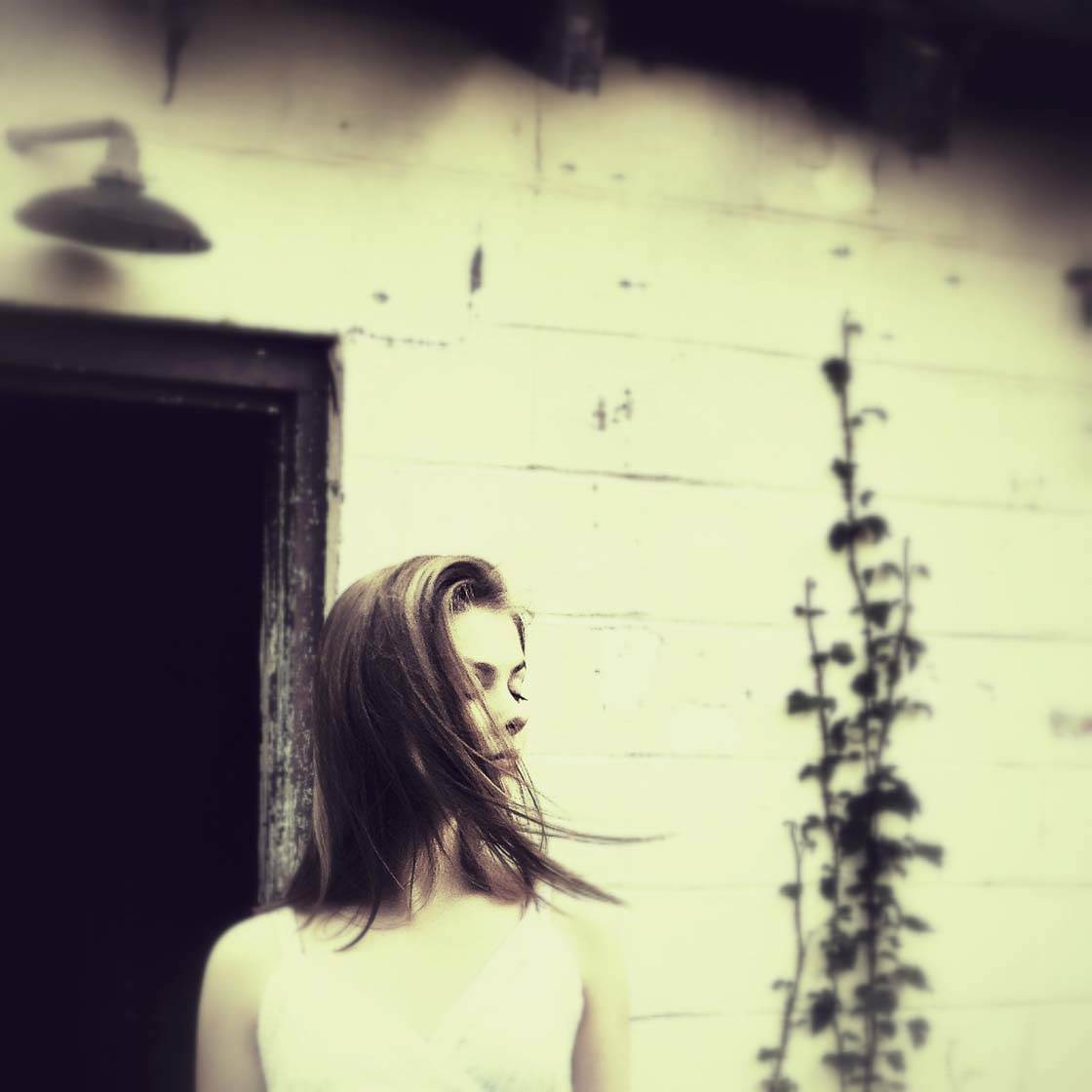
There are lots of ways to edit a photo for a more cinematic flair, but the first step is to visualize what kind of edit will enhance the mood and story that you’re trying to convey. Without this in mind you’re likely to get lost in your editing process.
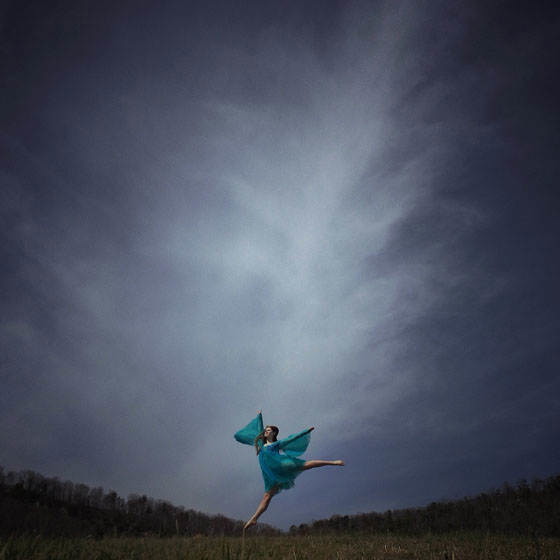
If you want to make the image more mysterious, moody or dramatic, try reducing the brightness, increasing the contrast, and applying a dark vignette around the edges.
If your story is about happiness or freedom, you can create a light and airy feel by increasing brightness and boosting the saturation to make the colors pop.
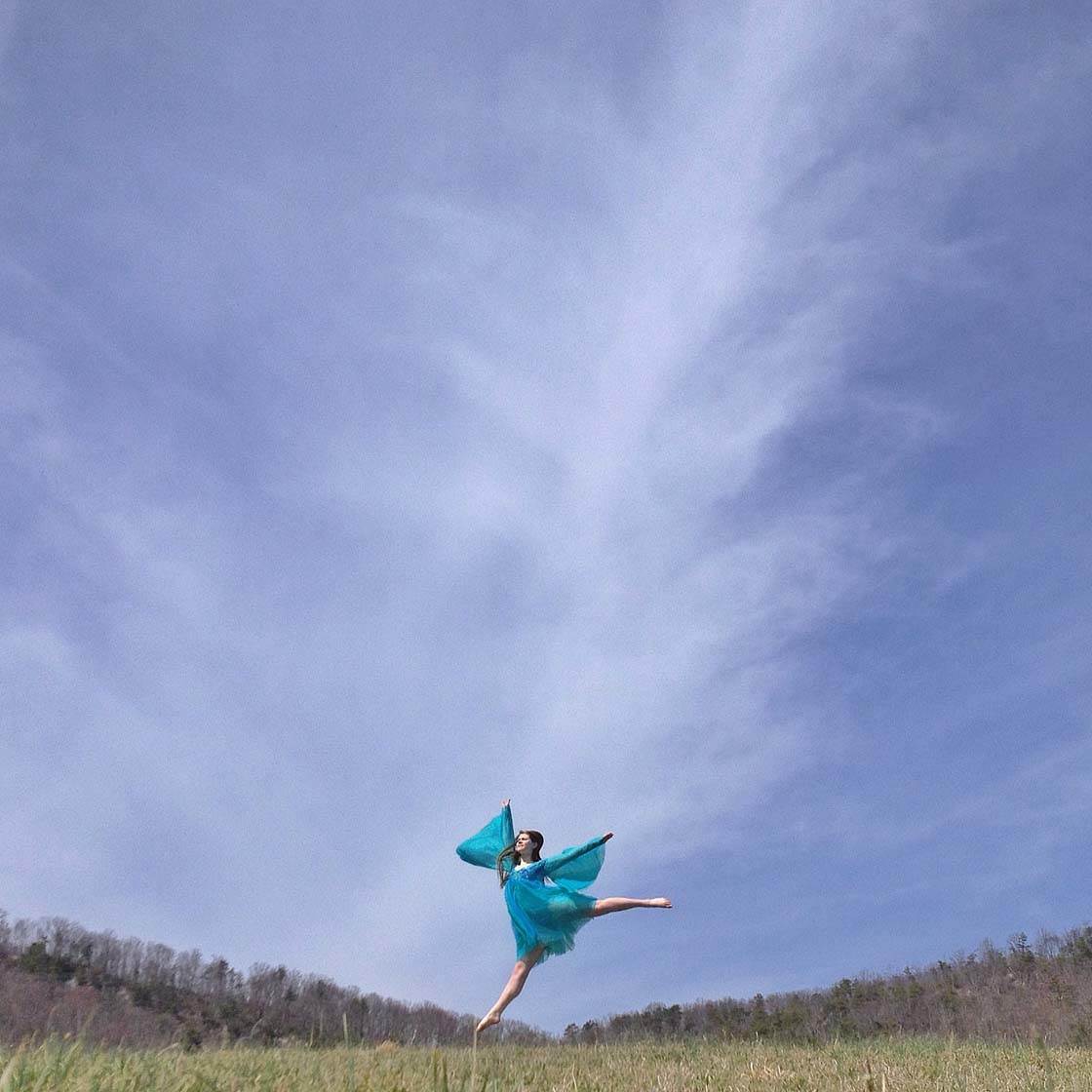
As you can see from the two examples above, changing the brightness of your image in post-processing can dramatically alter the mood of the photo, and therefore the effect it has on the emotions of the viewer.

Decreasing saturation makes the colors more muted, which tends to create a sense of dreaminess or moodiness. It also has the effect of creating a faded vintage look which is great for adding a timeless feel to your photos.
You can create a romantic, dreamy looking photo by lowering the contrast and adding warm colored tones, as shown in the example below. Alternatively you could use the Vintage filter in Snapseed.
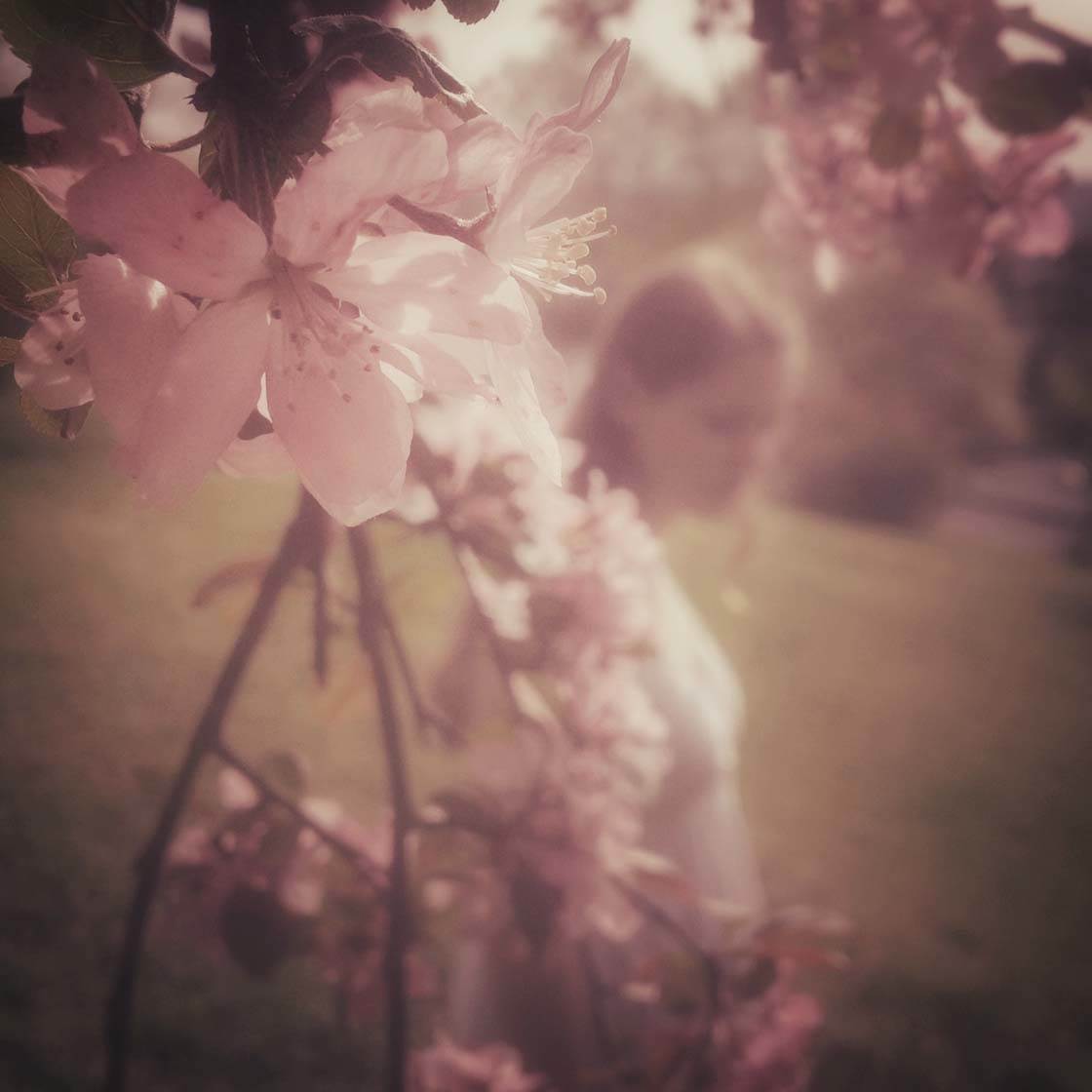
When editing your photos, always experiment with adjusting the color temperature. Ask yourself whether a cool blue tone would enhance the mood of the photo, or maybe a warmer orange color would suit better.
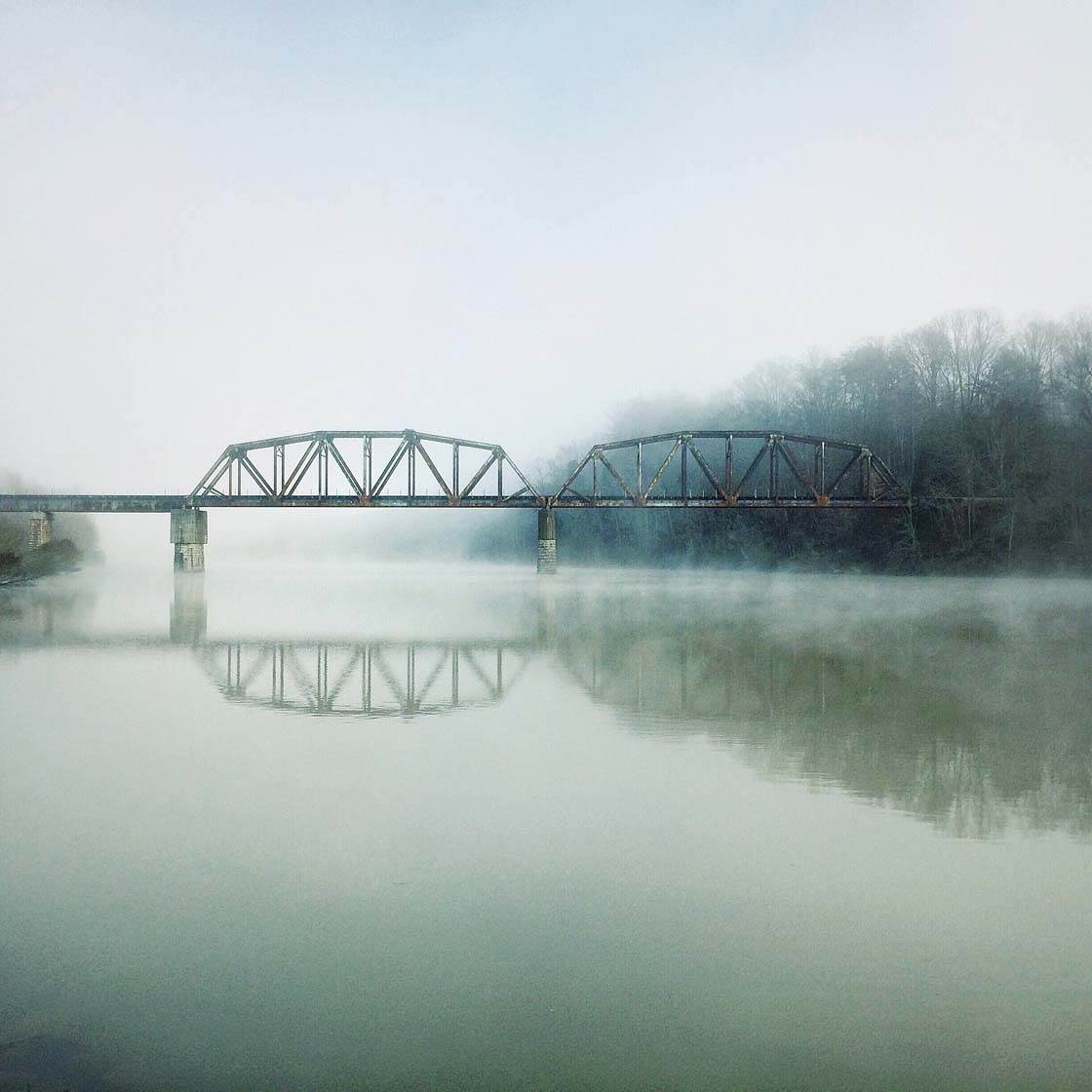
Setting the color temperature towards the blue end of the scale tends to create a tranquil or melancholy feeling. Whereas warmer colors evoke feelings of happiness and energy.
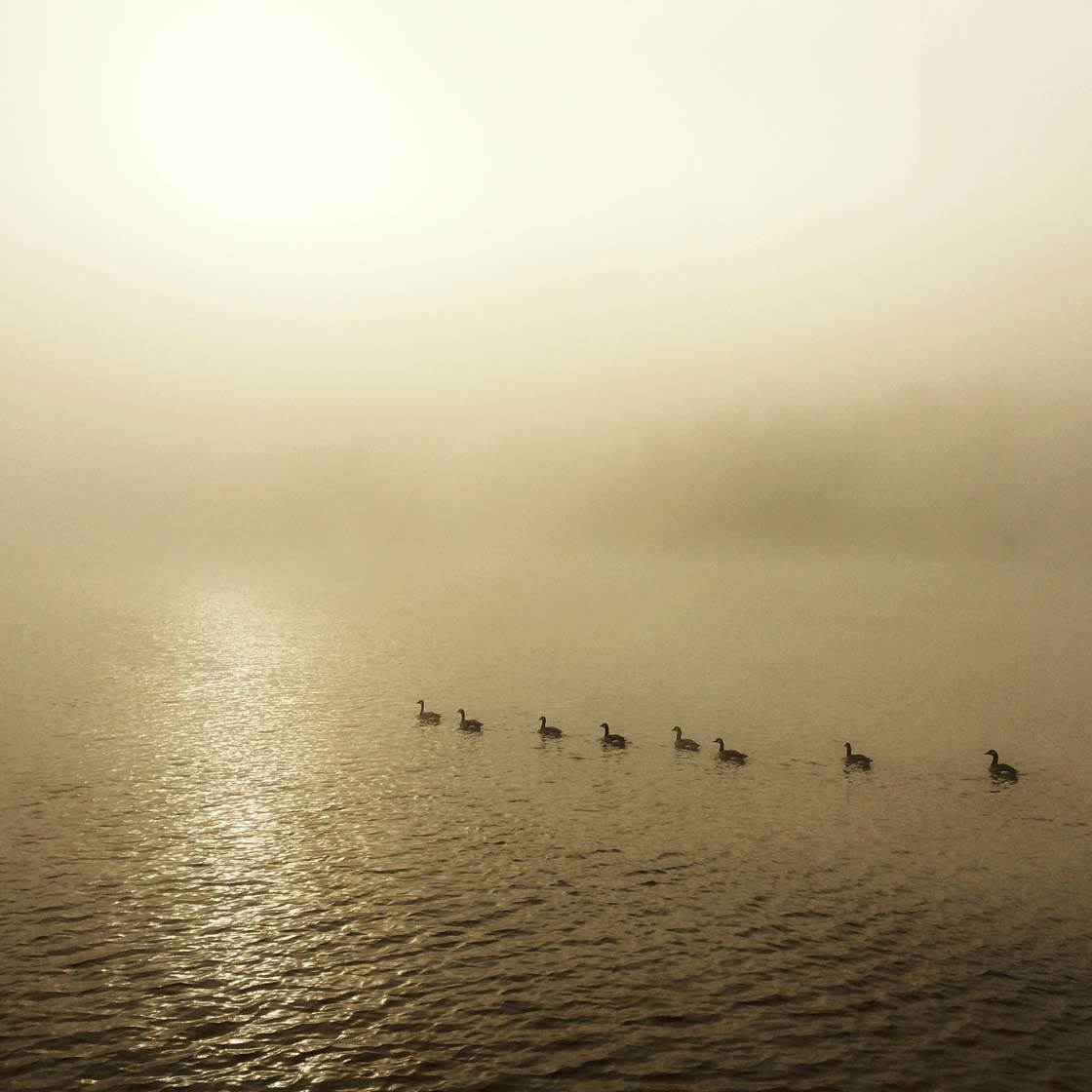
How about converting your photo to black and white? This kind of edit can add more drama to the scene, especially if you increase contrast which will make the shadows darker.
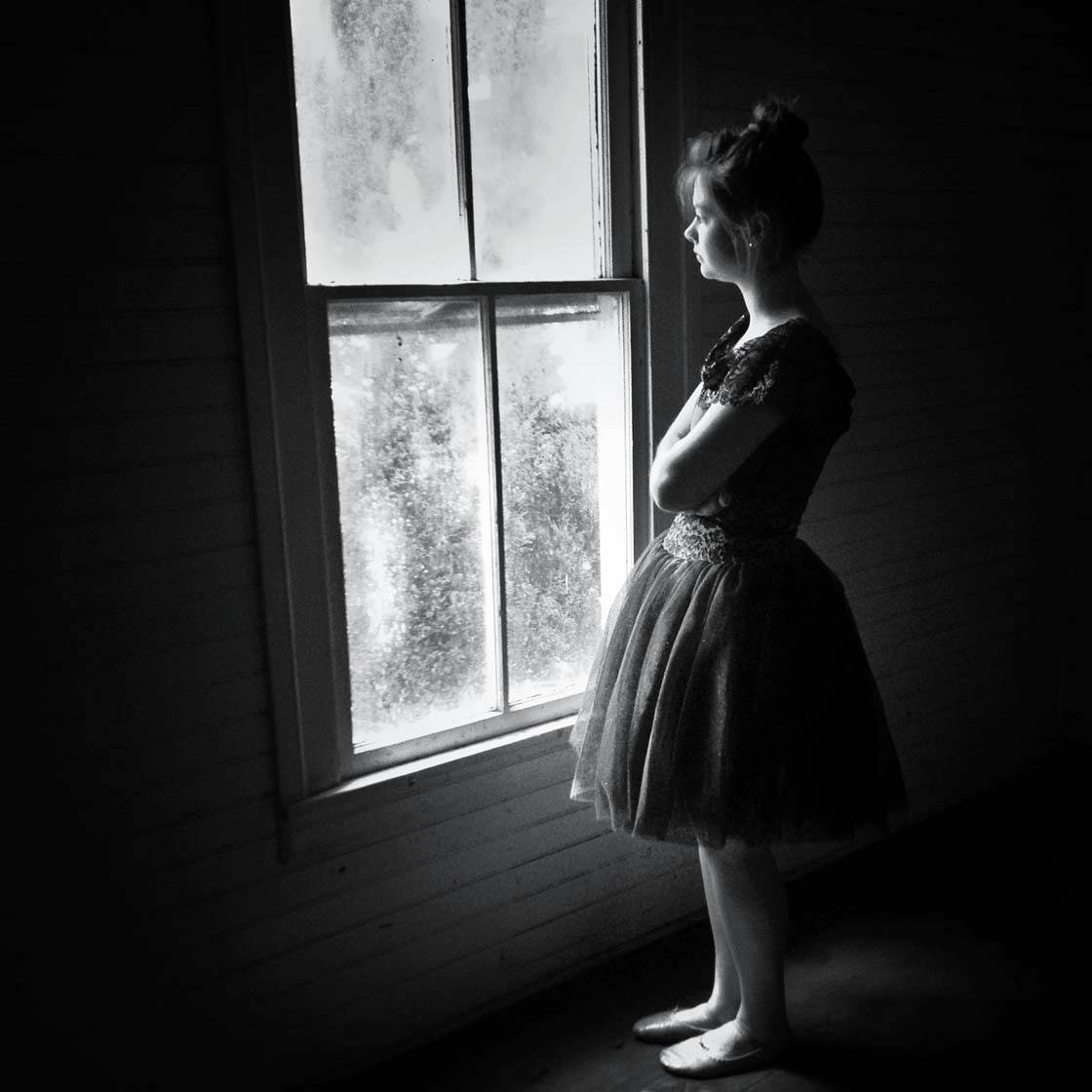
Black and white adds a classic, timeless feel to a photo, but if you’re aiming for an old-fashioned vintage effect, you could try converting your photo to a brown sepia tone.
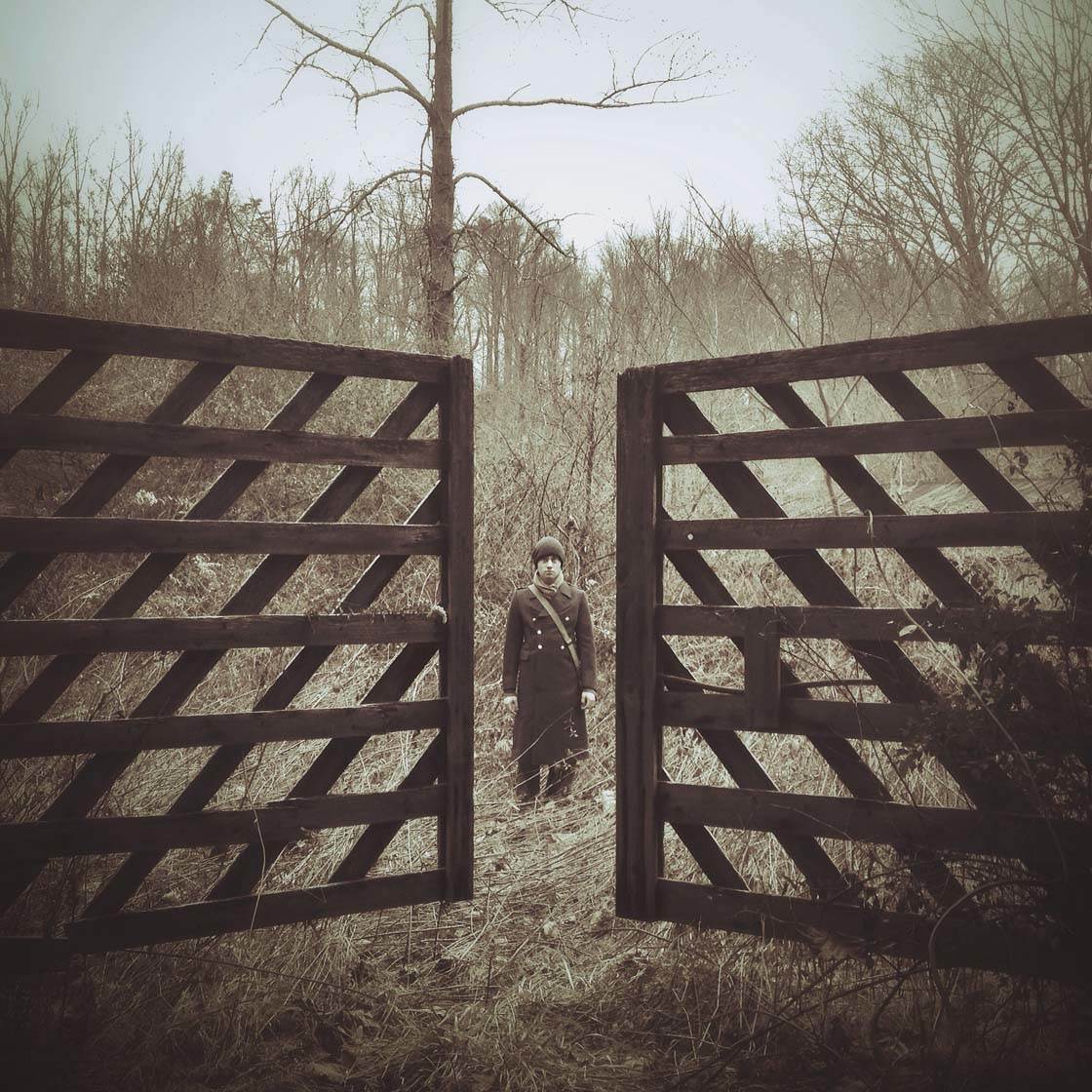
There are many more editing options available in good photoshop apps like Snapseed. Every photo needs a special treatment depending on the theme of your photo and the mood you want to convey. Edit carefully so that your theme is carried through the whole process.
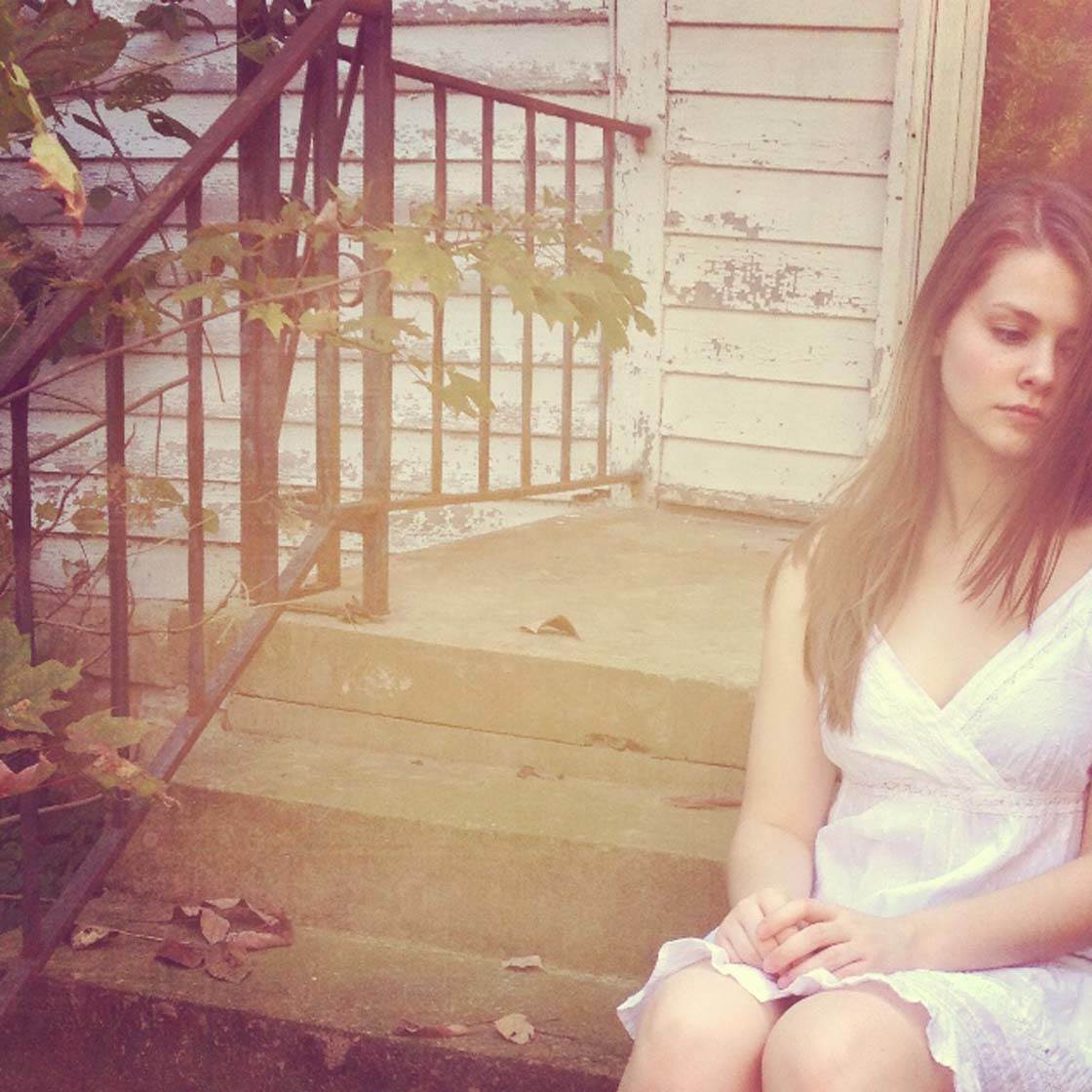
One more editing feature that you might want to consider is cropping. If you’re sharing your images on Instagram, you’ll probably want to crop your image into a square.
However, if you want to enhance the cinematic feel of your photo, you might prefer to crop the photo to the 16:9 aspect ratio in order to mimic the look of a widescreen movie scene.
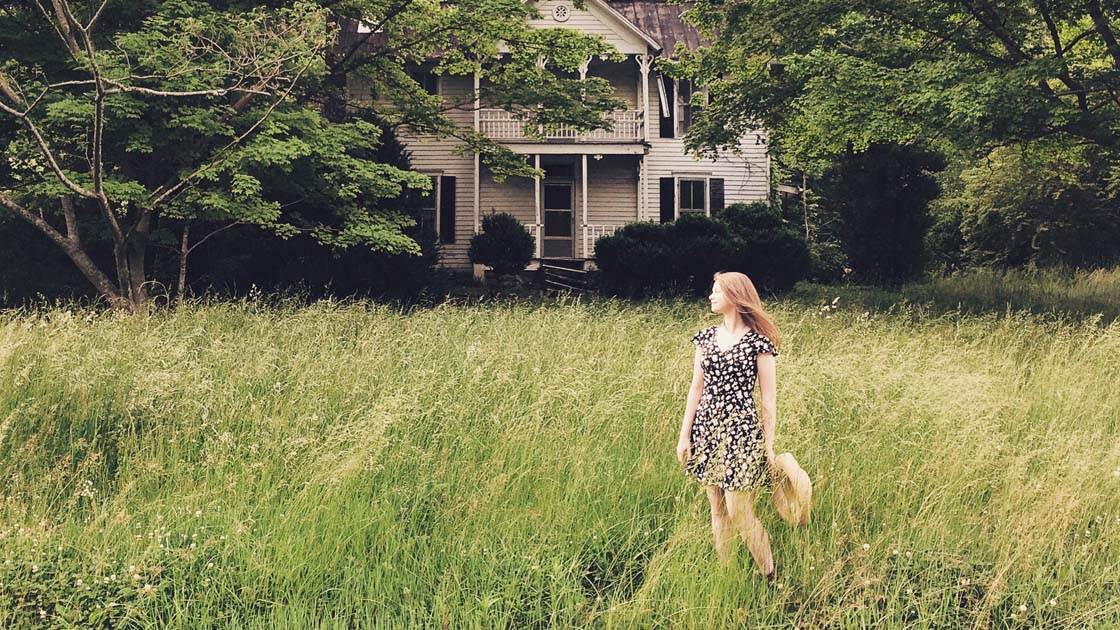
Conclusion
Creating a more cinematic feel in your iPhone photos can be quite daunting at first. But with a little bit of imagination and some practice using the tips and techniques covered above, you’ll soon be creating beautiful and powerful stories through your iPhone photography.
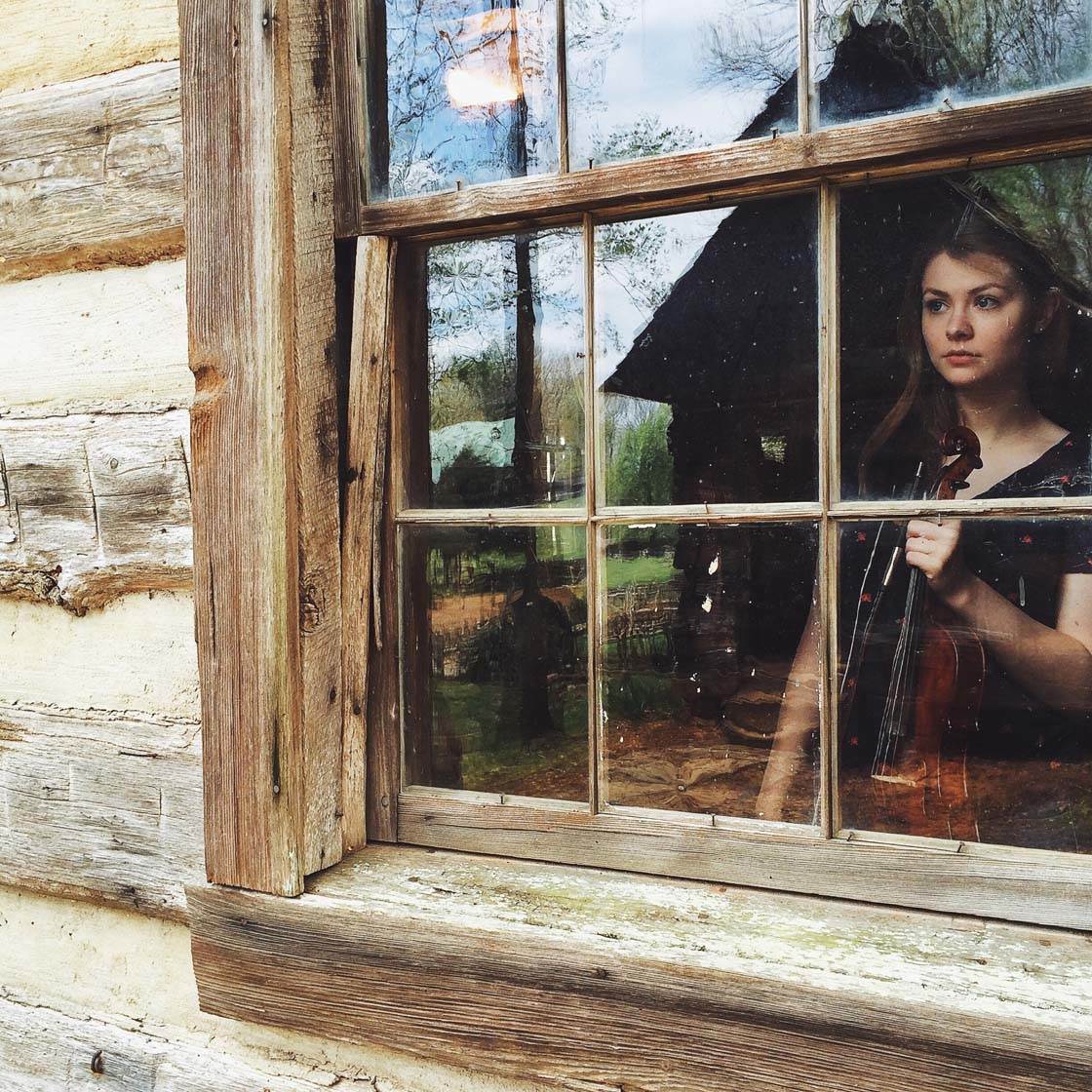
Once you’ve come up with a vision for your cinematic photo, it’s time to build the story. Your aim is to create a dramatic image that evokes strong emotions and reactions in the viewer.
It should be intriguing with a little sense of mystery, so that your audience asks questions, wanting to know more about the story behind the photo.
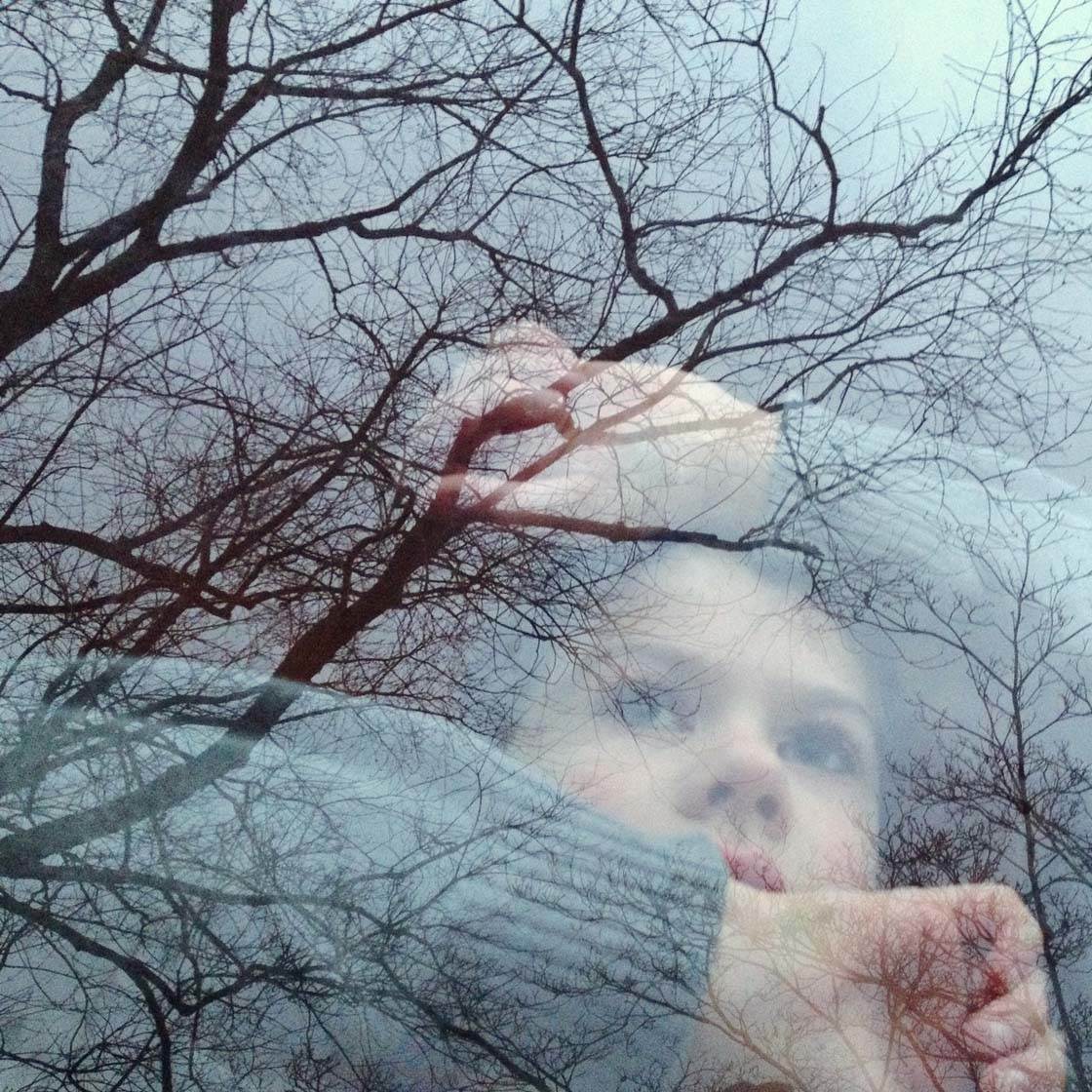
You can achieve all of this by using a combination of strong subject matter, an interesting and relevant location, dramatic light and shadow, powerful composition techniques, and photo editing that enhances the overall mood of the photo.
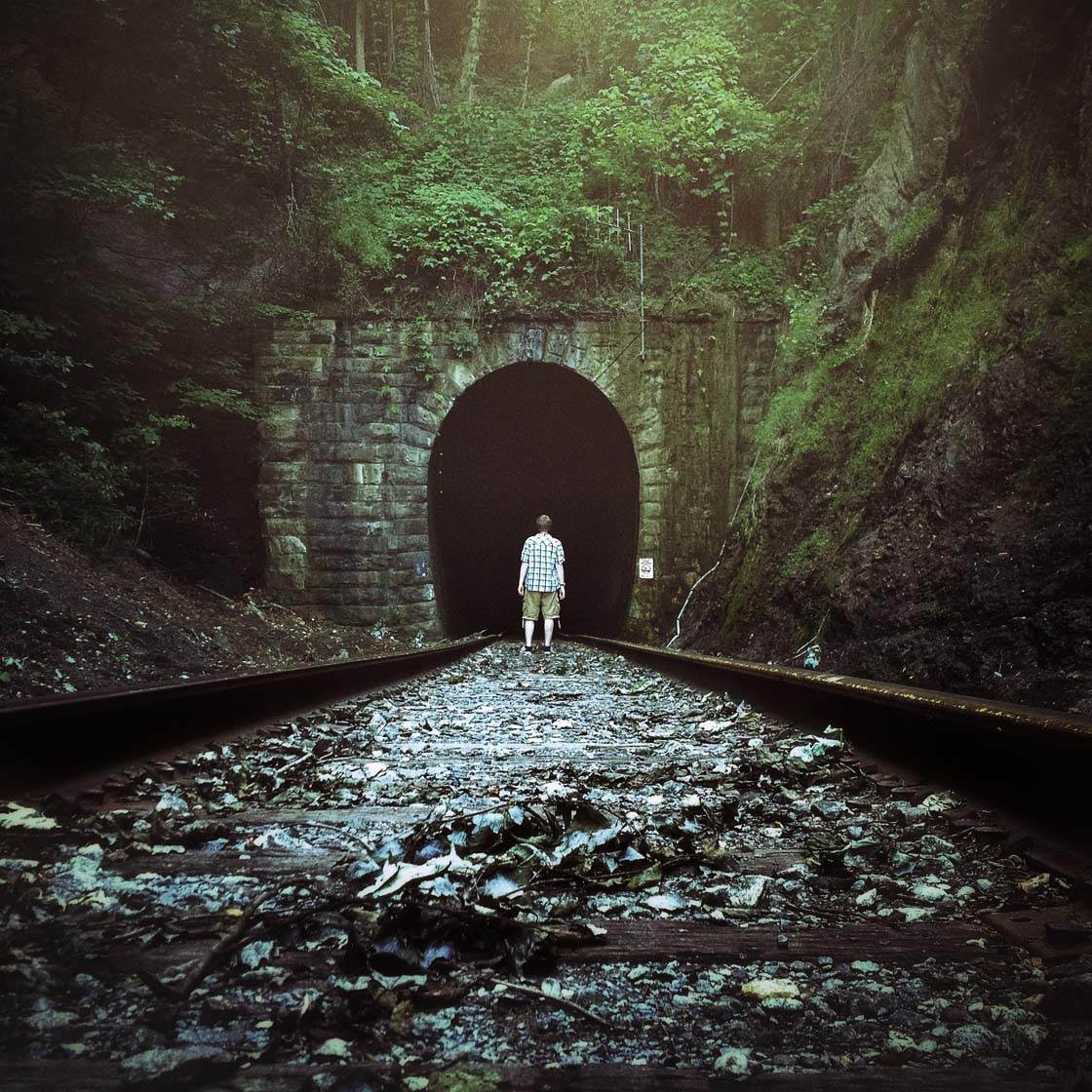
I hope you now feel inspired to start creating your own cinematic iPhone photos that tell powerful and dramatic stories, with incredible mood and atmosphere!


i love it!
Thank you very much Fardeen! I’m especially drawn to this kind of photography!
Fabulous photos as usual great tips love all of your tutorials – more please especially when you explain your editing tips, I learn so much from step by step editing, it helps beginners like me.